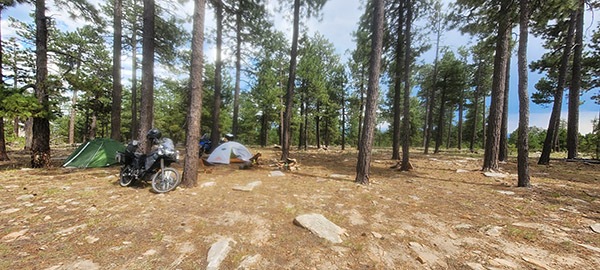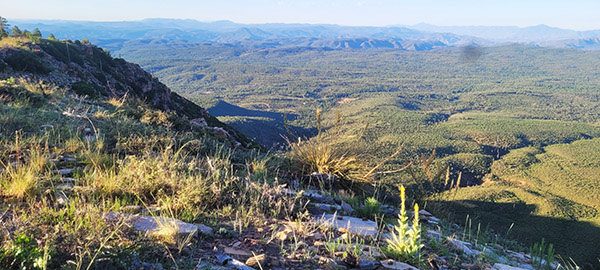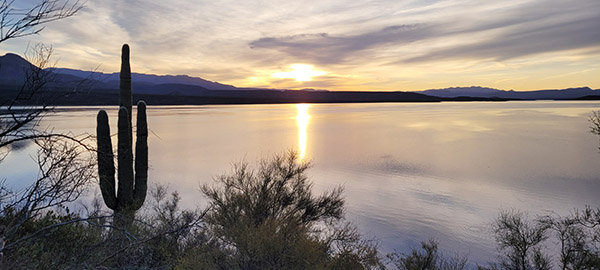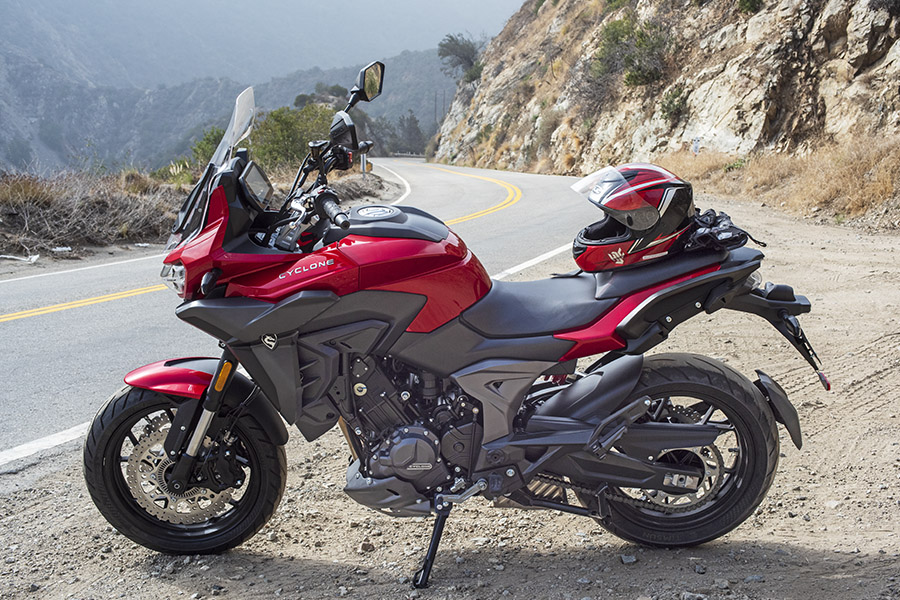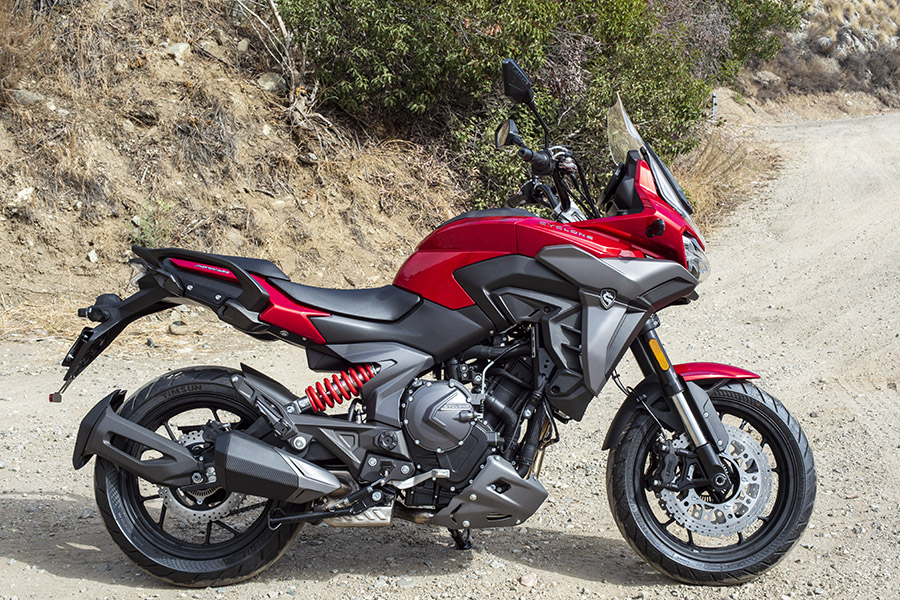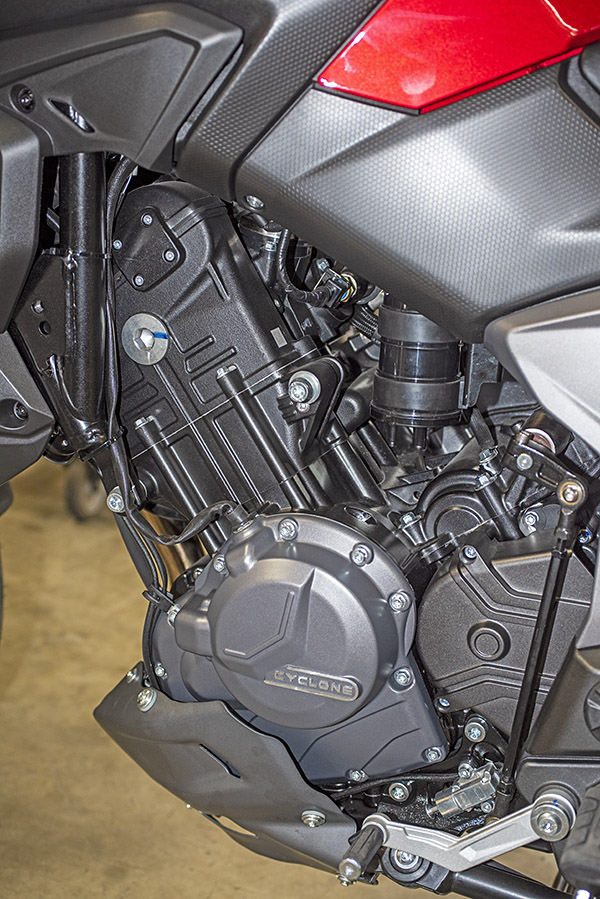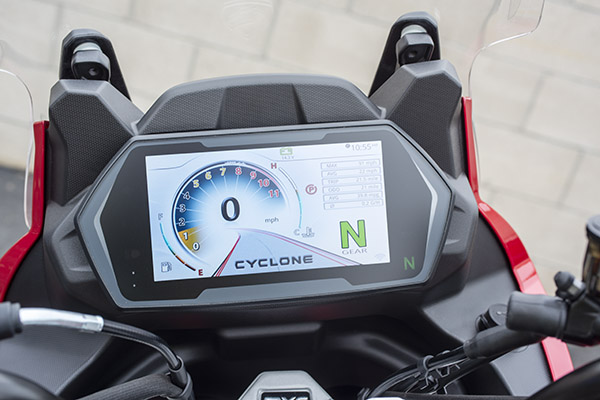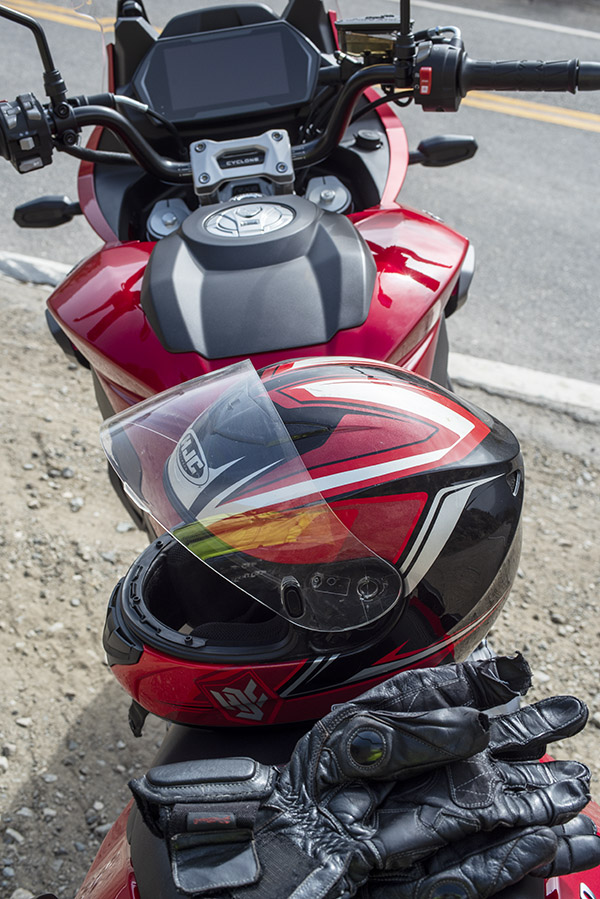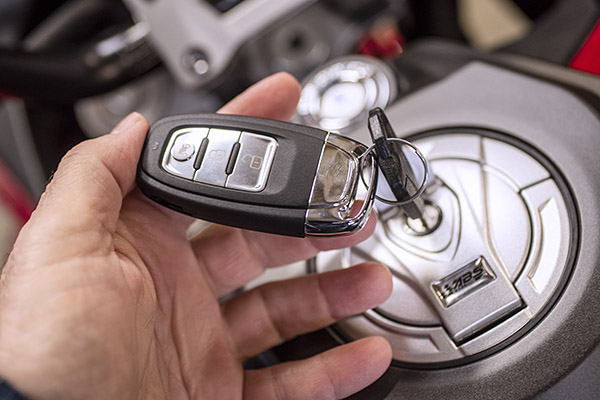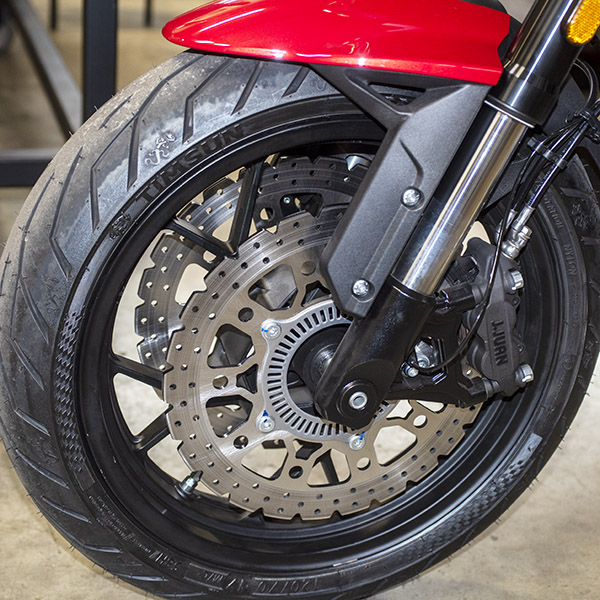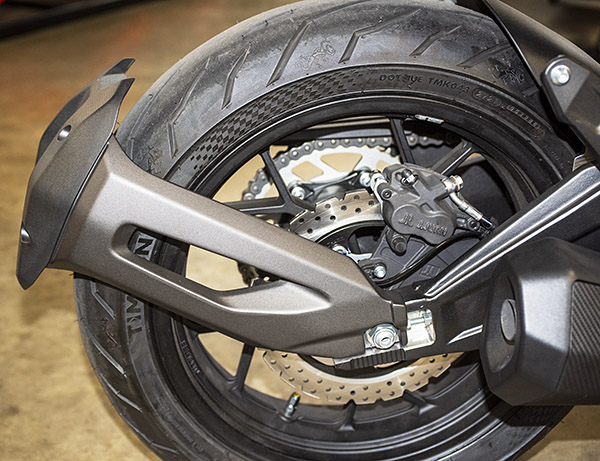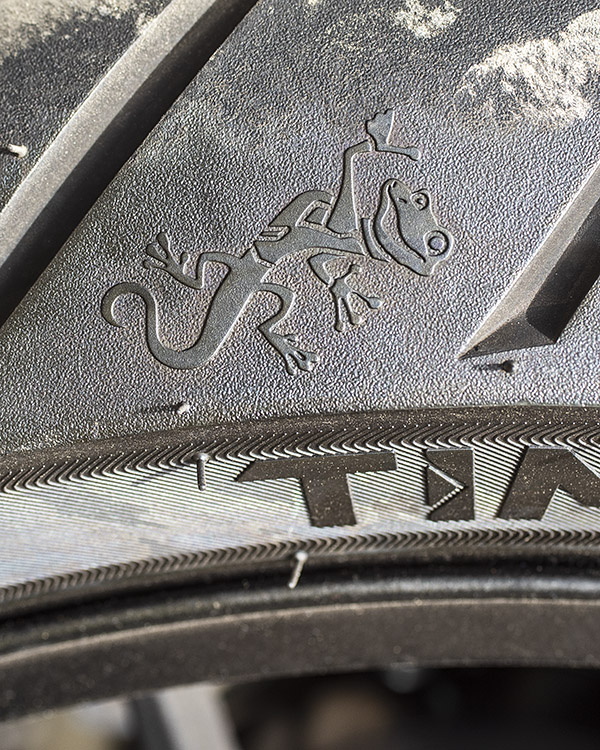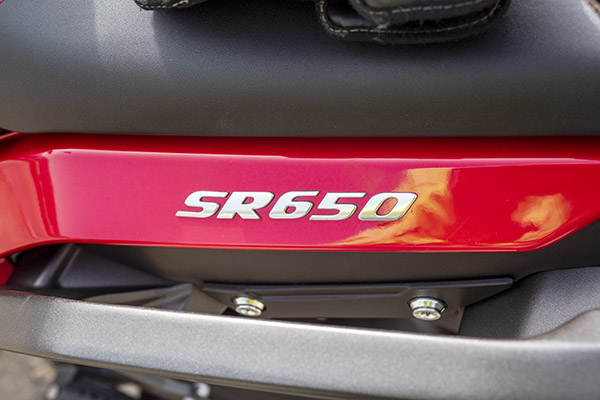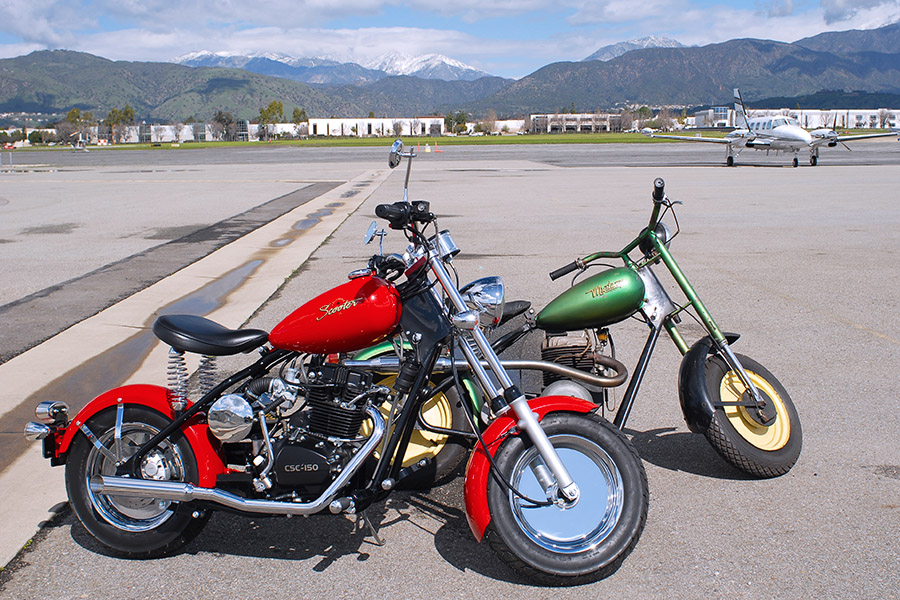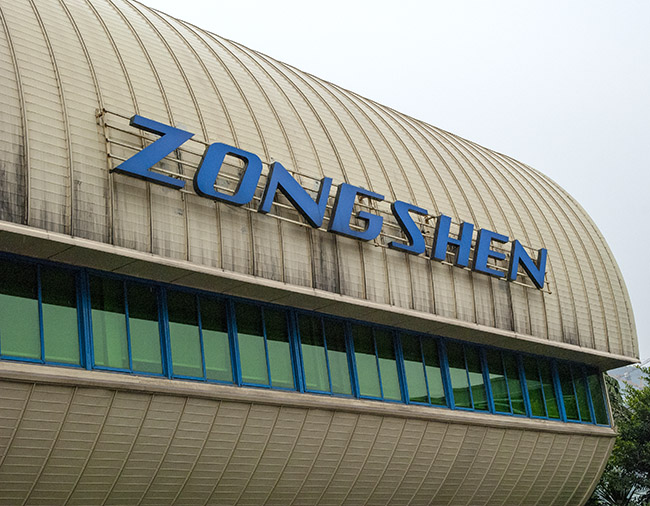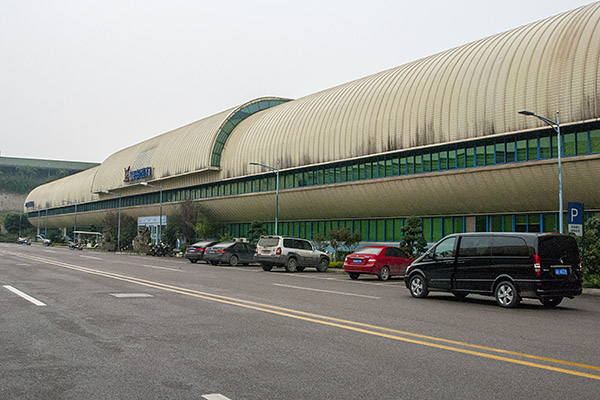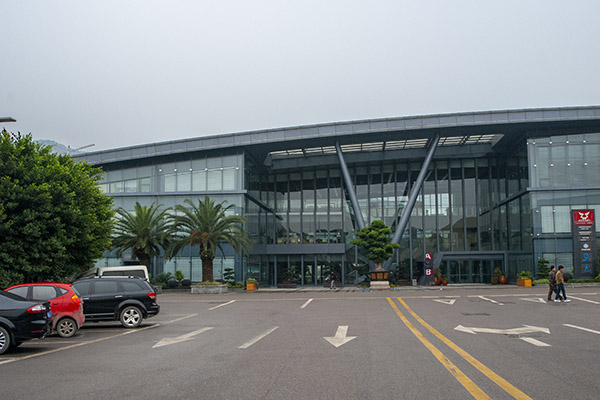By Joe Berk
When I was a kid, I used to watch a weekly television comedy show called The Little Rascals. In one of the episodes, one of the rascals named Alfalfa sang a song from Gioachino Rossini’s opera, The Barber of Seville. Until very recently, Alfalfa’s rendition and a Cadillac made in the 1970s (the Seville) were all I knew of Seville. That changed with our recent trip to Spain.
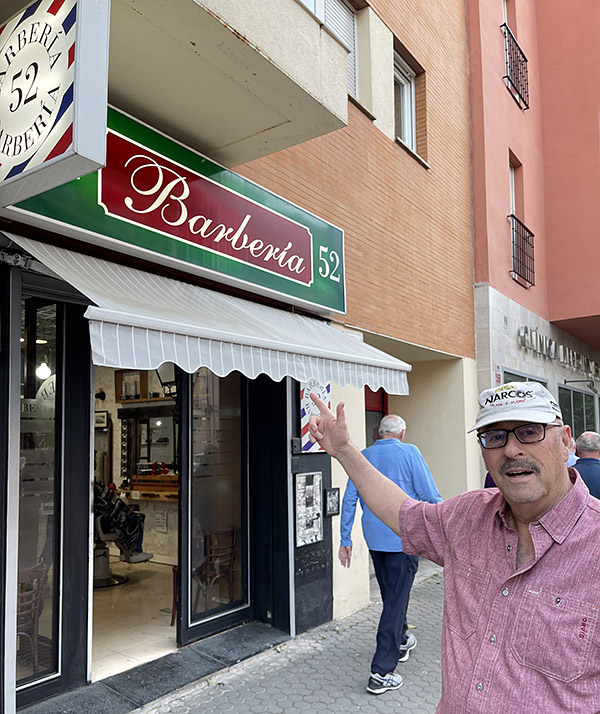
Cards on the table: I didn’t know anything about Gioachino Rossini’s opera until I Googled the Little Rascals and the Barber of Seville. In so doing, I found out that Warner Brothers also had a Bugs Bunny cartoon with the same song. I know…I digress. Indulge me for 56 seconds more. Here’s Alfalfa belting it out. Told ya…
You might be wondering: What’s with the Sportster in the cover photo up top? I saw it my first afternoon in Seville. Believe it or not, in Spain, the land that brought us Bultaco (the motorcycle, not the Mexican bullfight snack bar delicacy), Ossa, and Montesa (or, as some might say, Montessa), the ultimate motorcycle status symbol is a used Sportster. Hence the title of this blog: The Sportster of Seville. We’ve had a lot of fun with Sportster blogs here on ExNotes, but let’s get to the main topic of this discussion: Seville.
One of our first stops in Seville was the Plaza de España, which is a magnificent building and park area built in 1929 when Seville hosted the Ibero-American Exposition World’s Fair. The Plaza de España is impressive. Today, the building has been renovated and it is used for Spanish government agencies. It’s beautiful.
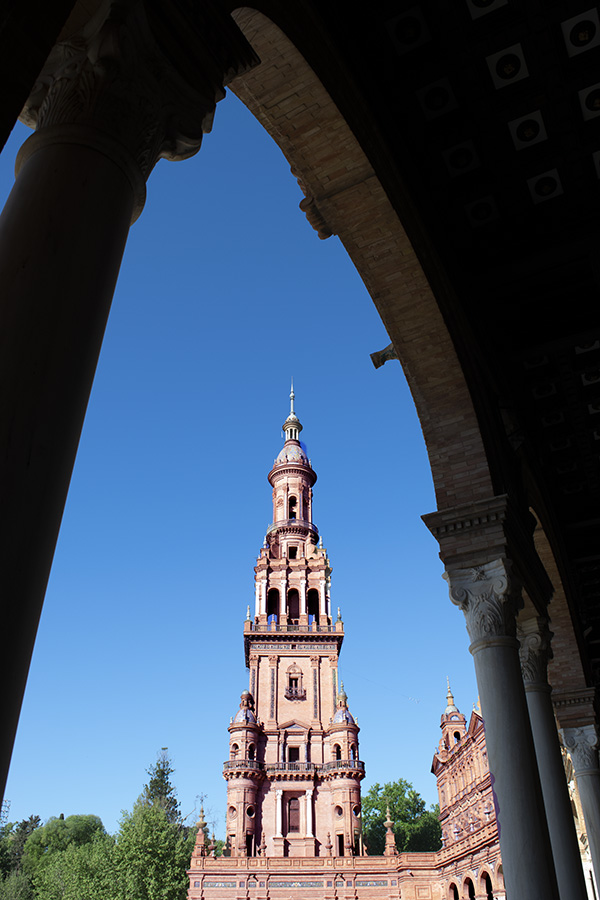
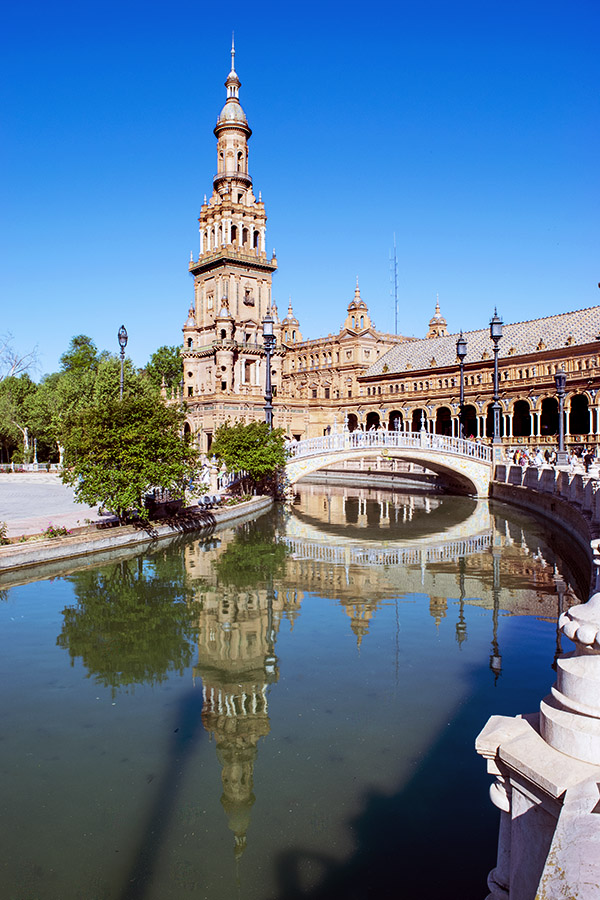
We saw a bunch of touristy chotchkas in the Plaza de España courtyard that made for good photos (I would never buy this sort of stuff…if I need to generate a breeze, I’ll hop on my motorcycle…you know, to get my knees in the breeze). But it was fun to photograph.
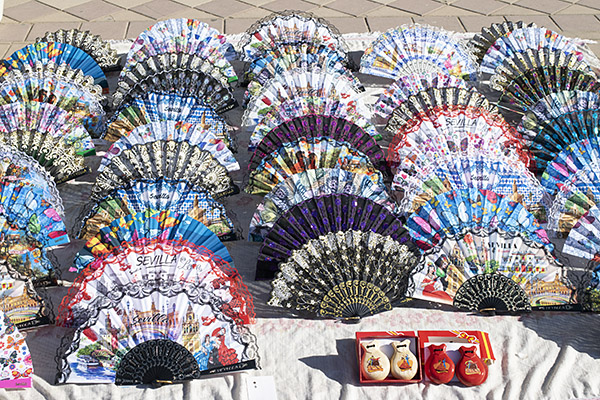
My attention then turned to the tilework along the Plaza de España courtyard wall that stretched for half a mile. Each tile-based mural depicts a Spanish province. The work was impressive, but what was even more impressive was what happened next.
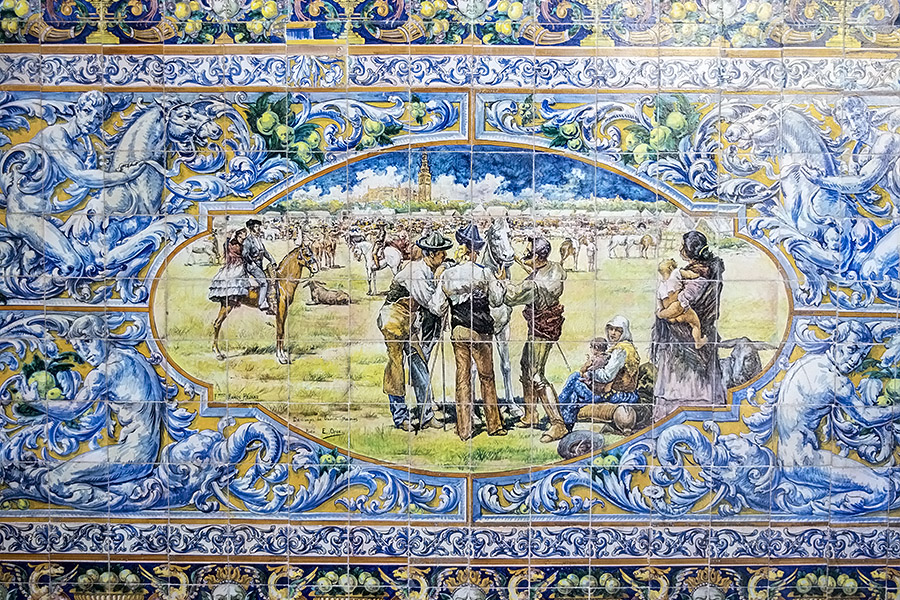
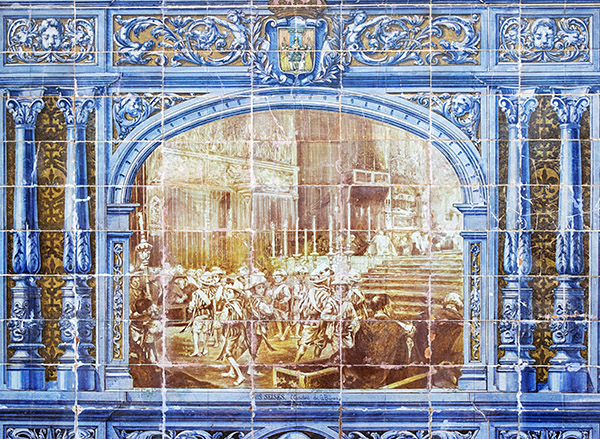
Two Spanish motor officers rolled into the Plaza de España courtyard on (get this) police motor scooters. I always thought small motorcycles and motor scooters made a lot of sense in urban areas (I’ll say more on that in a second). I asked the motor officer in the photo below if I could grab a picture and he was cool with it.
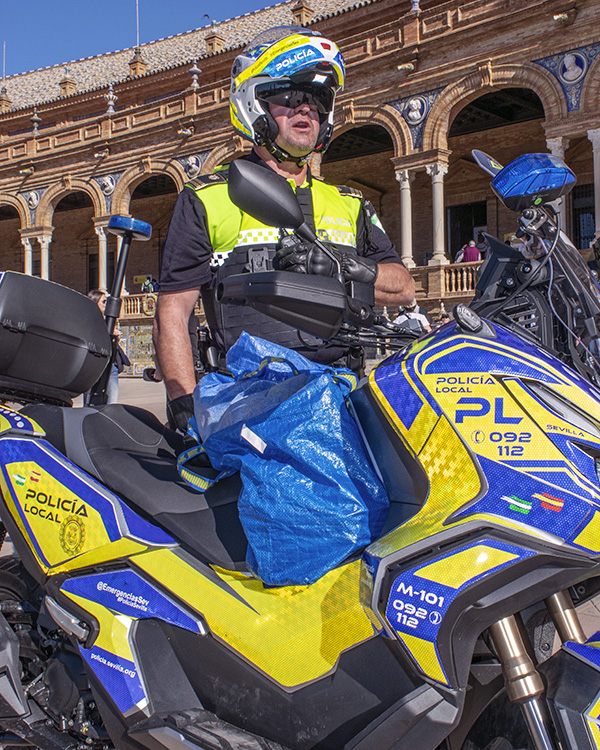
I didn’t realize why the motor officers had appeared out of nowhere. All those tourist chotchkas like the fans you see in the photo above? The folks selling their wares there (I’m told they were Gypsies, if you can even say that anymore) weren’t supposed to be there. When I looked up after grabbing the photo above, all the chotchkas (and the chotchka merchants) were gone. They just went poof and vanished. Wiped clean from the face of the Earth (as they said in that Indiana Jones movie). I guess you don’t want to mess with a Spanish motor officer.
On the motor scooter/small motorcycle thing for police motorcycles: When Gresh and I were at the Zongshen factory in Chongqing, one of the many very cool things we saw there were RX3 police motorcycles. Imagine that: A 250cc police motorcycle. I talked Zongshen into giving us (“us” being CSC Motorcycles) three or four of the things so we could market them to police departments in America. Imagine that, too…one short email and poof: Three free motorcycles.
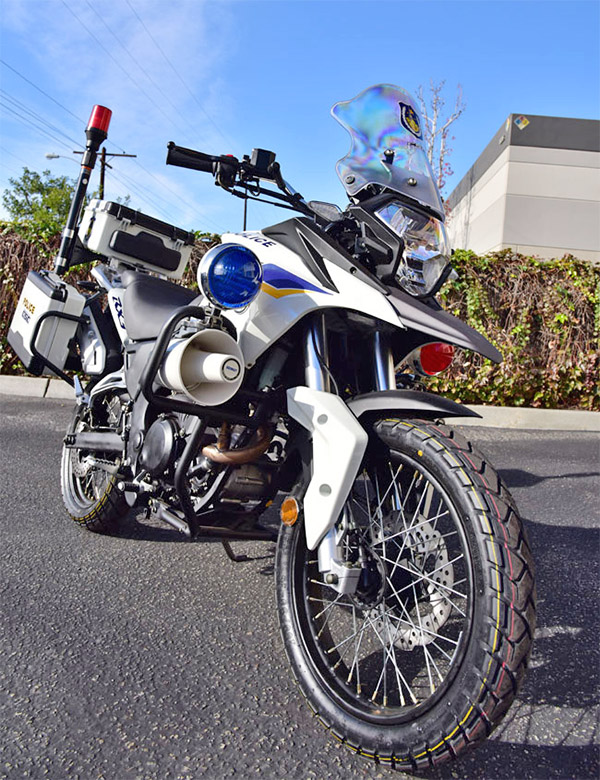
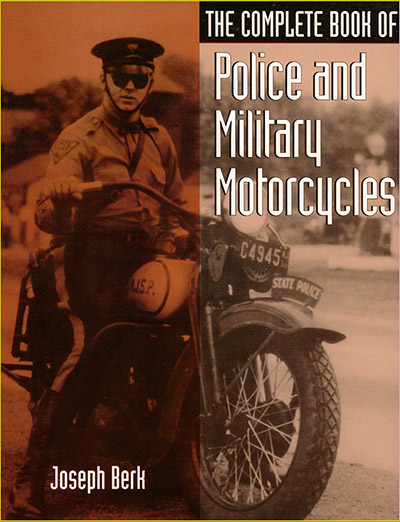
I thought I knew the police motorcycle market a little bit because I had written a book about police motors. Man, I tried, but it was a bust. The Sacramento Fairgrounds Police were interested, but I couldn’t close the deal. We shipped one to the New York City Police Department (I knew they used Vespas for police work), Andy Sipowicz and crew kept the bike for about two months without ever taking it out of the crate, and then they shipped it back. I took one to a couple of local police departments, but the only thing to come of that was one of the cops told me I wasn’t allowed to ride it around with the red and blue lights and the siren still attached. I told him not to worry; I only used that stuff if people wouldn’t get out of my way. Zongshen, on the other hand, has done fabulously well with their police bikes. They are selling RX1s, RX3s, RX4s, and other bikes as police motors literally all over the world. Just not in America. I’ll do a blog about Zongshen police bikes someday.
I know, I’m digressing again. Back to the main attraction: Seville. We walked around quite a bit (I did 17,000 steps one day) and there were tons of photo ops. Doors, tiles, alleys, and more.
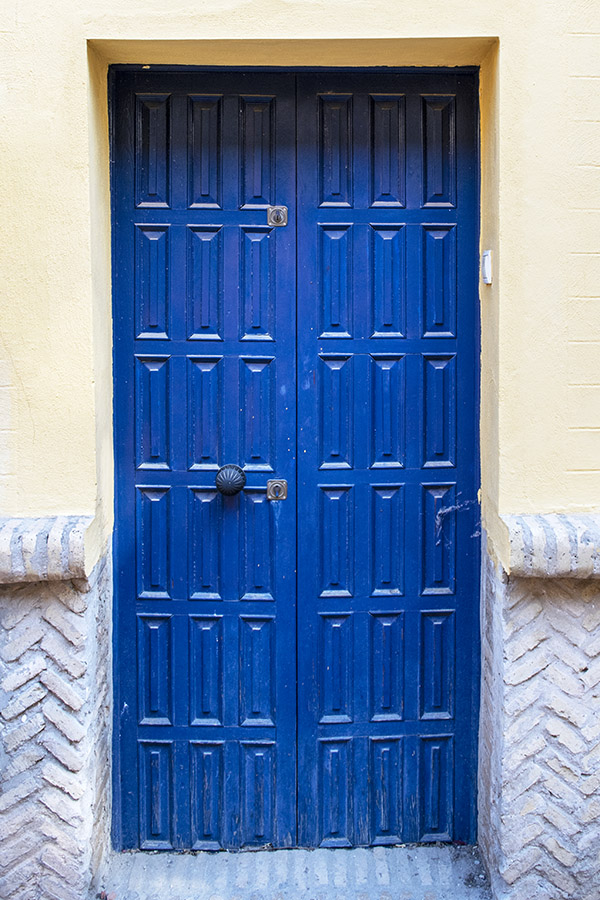
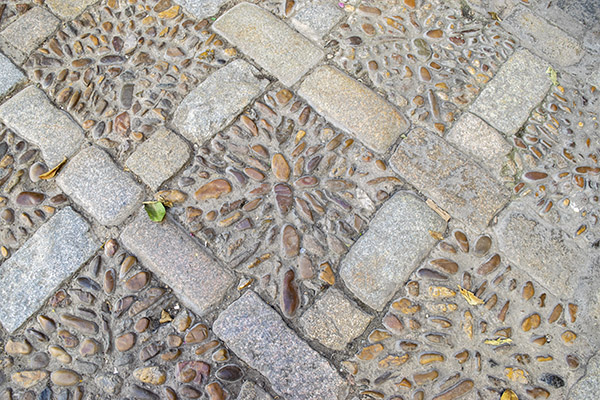
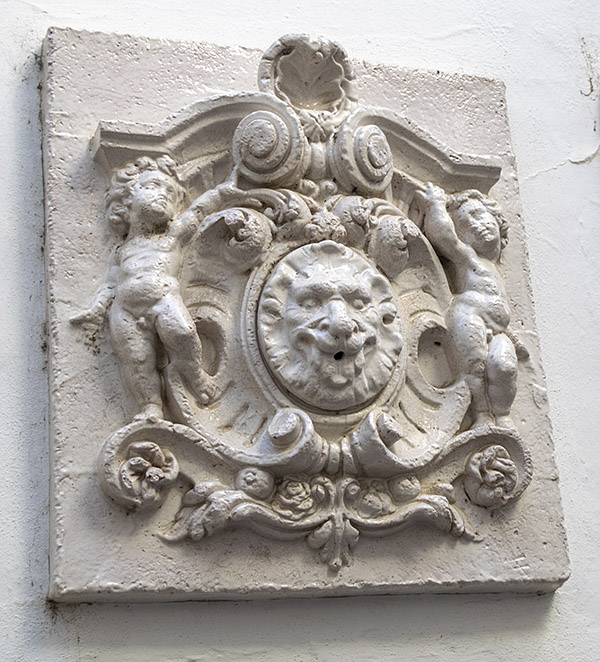
As we walked around Seville and took in the sights, Jose (our awesome guide) told us we were in the Jewish quarter. I asked if Jewish people still lived there. Very few, he said. You know: The Spanish Inquisition. Oh, yeah. I remember reading about that in James Michener’s The Source (a great story and a great read).
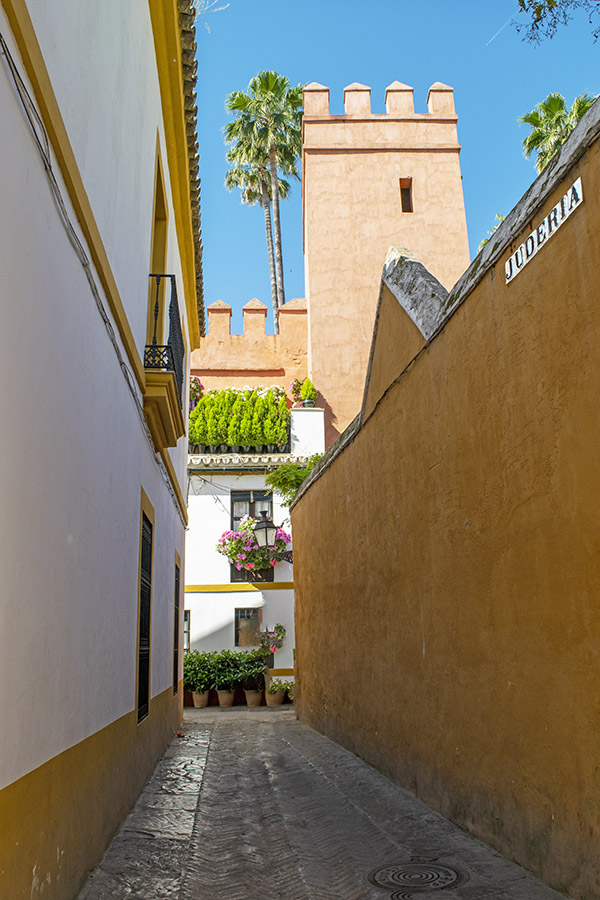
Our walk through Seville presented one photo op after another. I had my old Nikon D3300 (the current version is the Nikon D3500), an entry-level consumer grade digital SLR, and the relatively inexpensive (but vibration-reduction-equipped) 18-55mm zoom lens. It was great. The D3300 is a light camera. My other Nikon (the D810) has more capability, but it is much heavier. For this kind of tourism, the D3300 (or the current D3500) is a better deal.
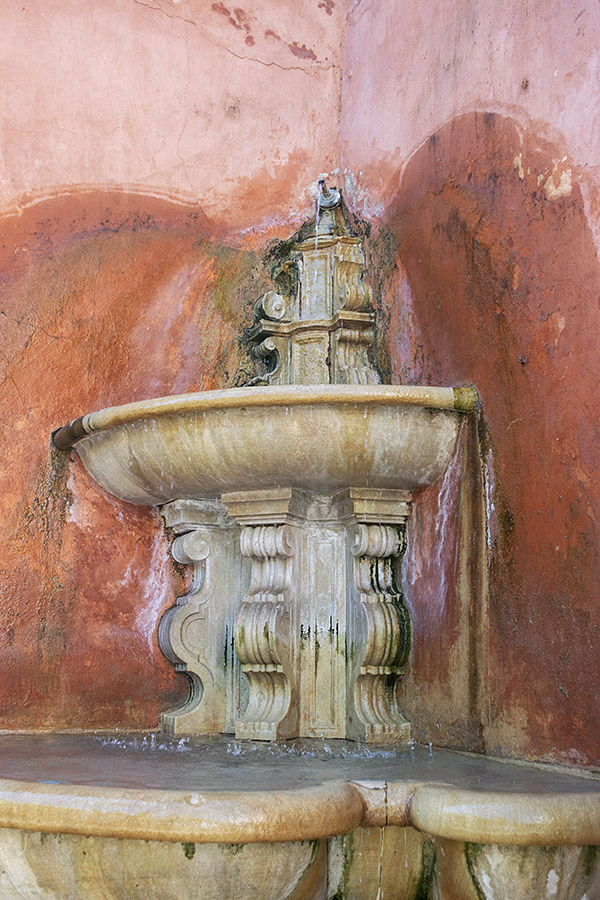
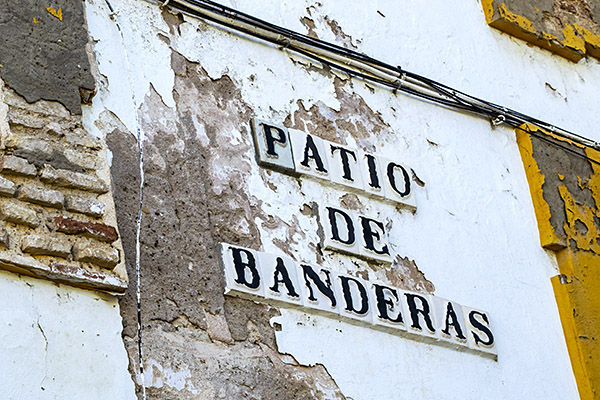
We continued our walking tour, and it was on to the Catedral de Sevilla, a massive cathedral built between 1434 and 1517 over what used to be the city’s main mosque (when the Moors occupied the Iberian peninsula). It rivals the Vatican’s Saint Peter’s cathedral (it’s that big).
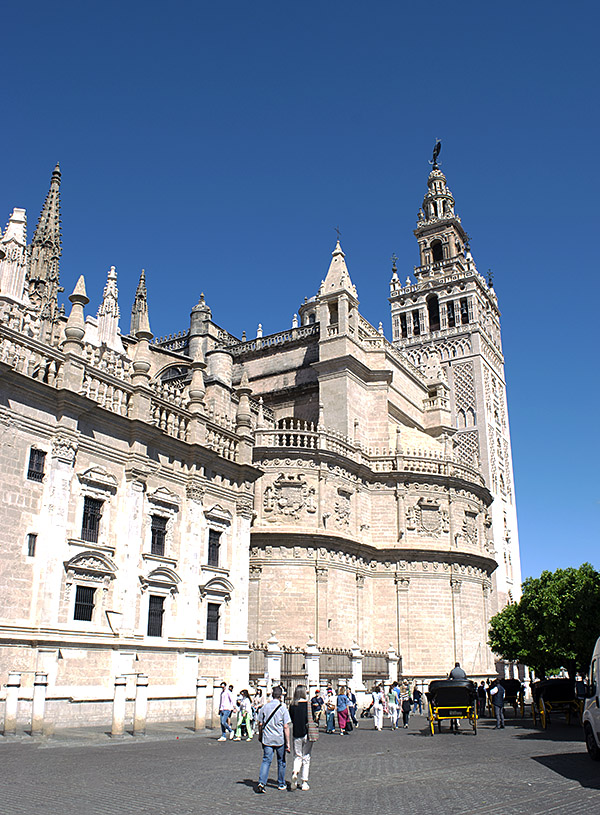
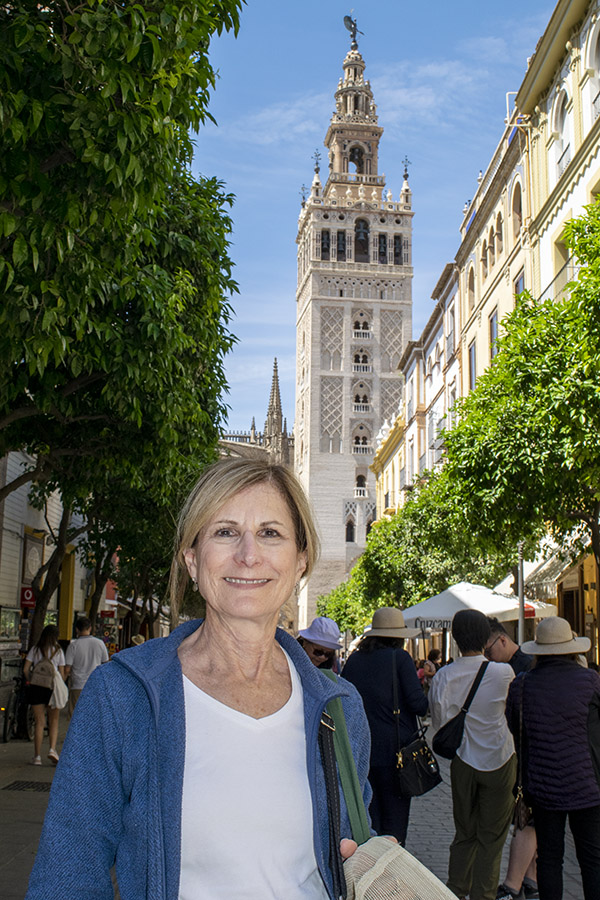
The Catedral de Sevilla interior is impressive, but it is dimly lit and flash photography is strictly verboten (I wouldn’t have used flash, anyway), so I relied on finding something to brace my camera against and the lens’ vibration reduction technology (which did a great job). I could do a photobook with just interior shots, including the Catedral de Sevilla’s beyond impressive stained glass windows.
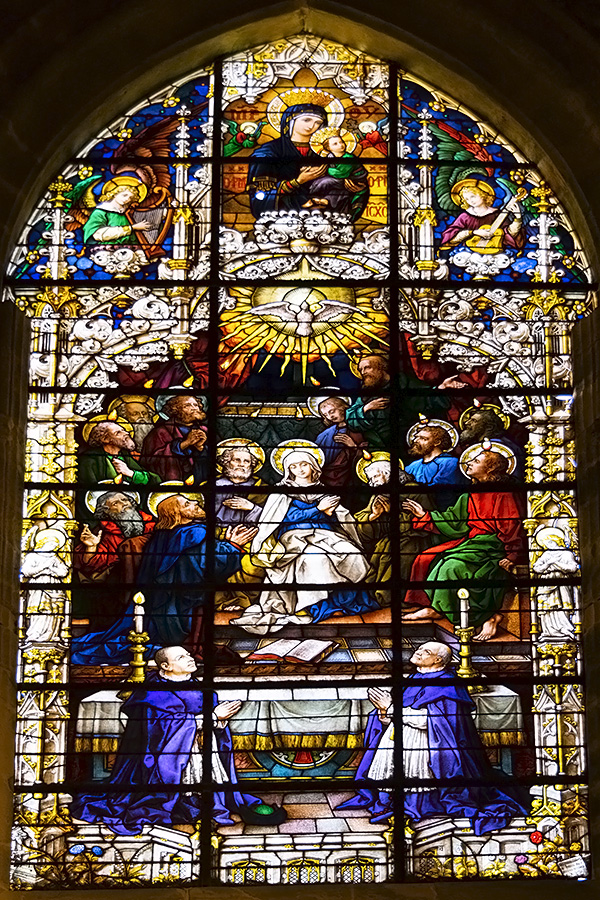
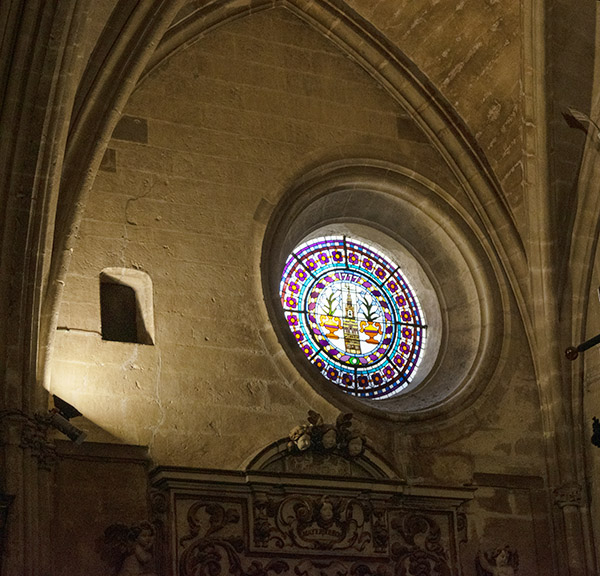
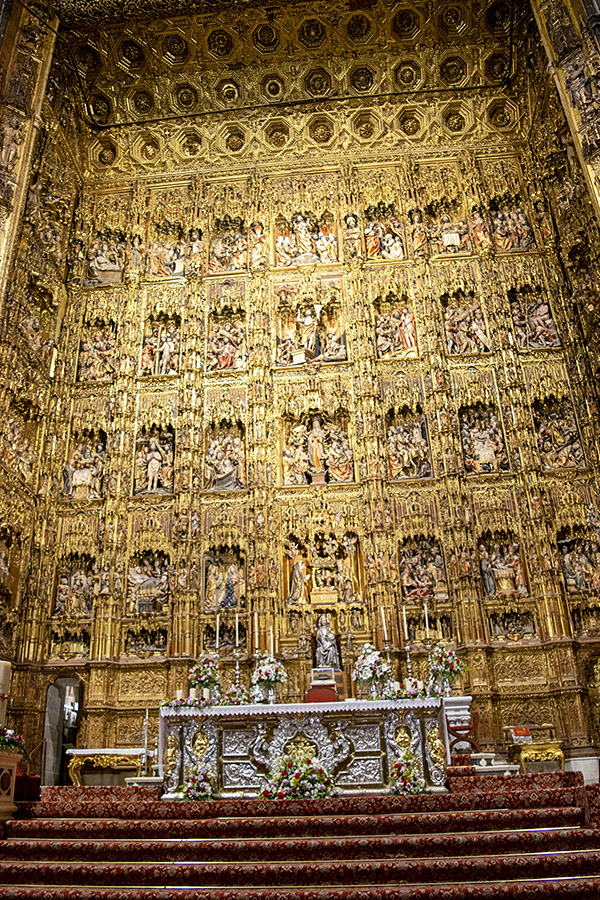
You may not know this (I certainly didn’t) but one of Christopher Columbus’s crypts is in the Catedral de Sevilla (folks apparently spread his remains around a bit). The photo below shows one of his crypts in the Catedral de Sevilla. Columbus was an Italian from Genoa, but his expeditions were funded by Spain’s Queen Isabella.
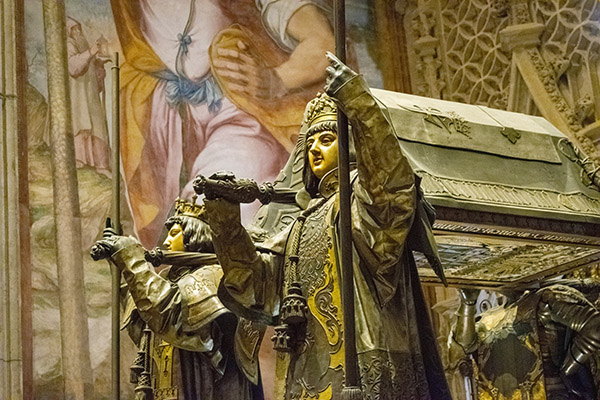
So there you have it: Seville. There’s more to come from our Spanish adventure, so sign up for your free subscription (don’t forget to tell your email program we’re not spam) or check back often. Or maybe do both. And if you have comments, we’d love to hear them.
Help us bring more content to you: Please click on the popup ads!
Never miss an ExNotes blog:

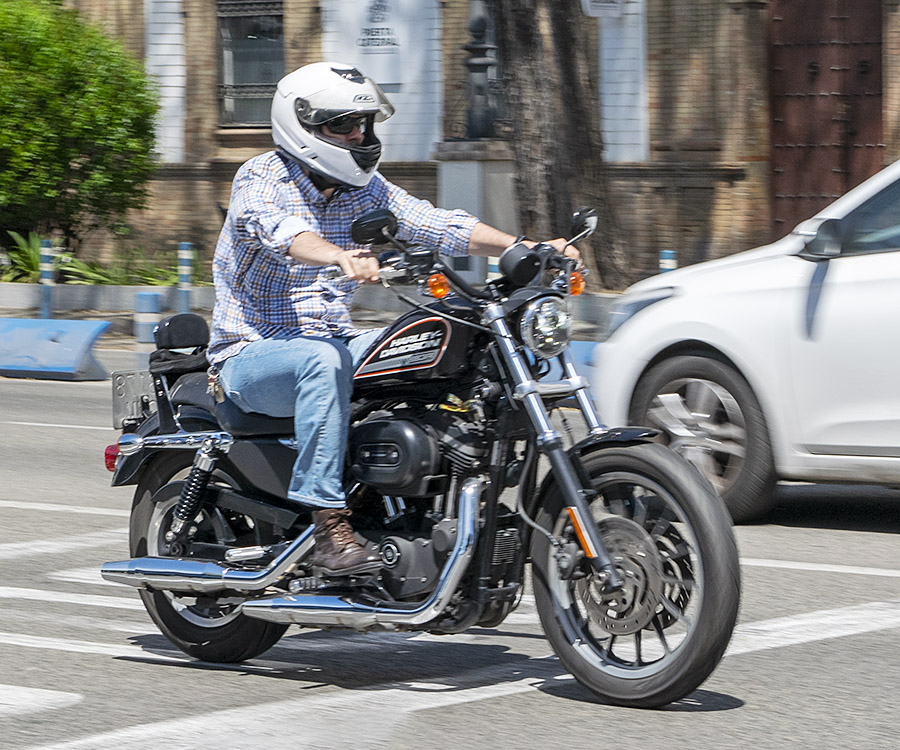
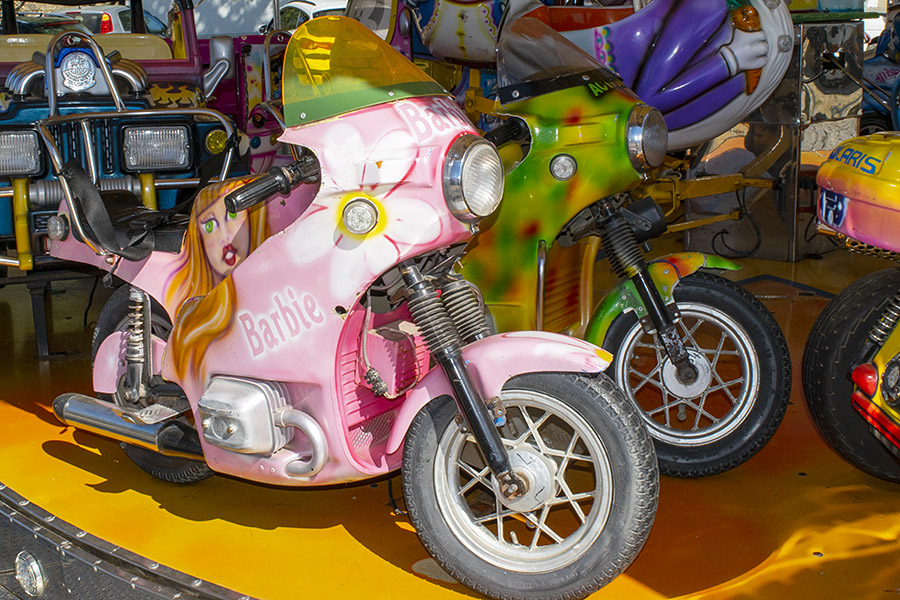
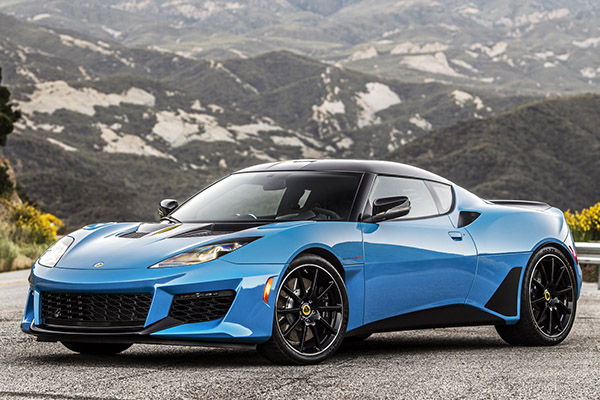
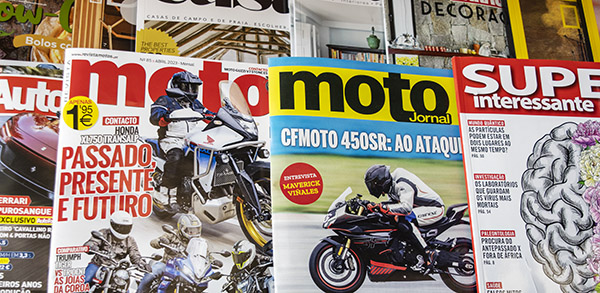
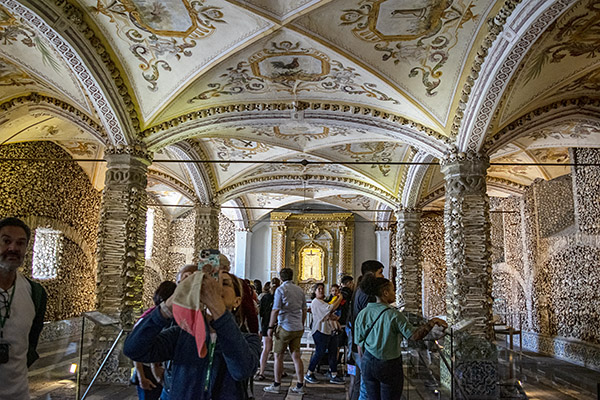
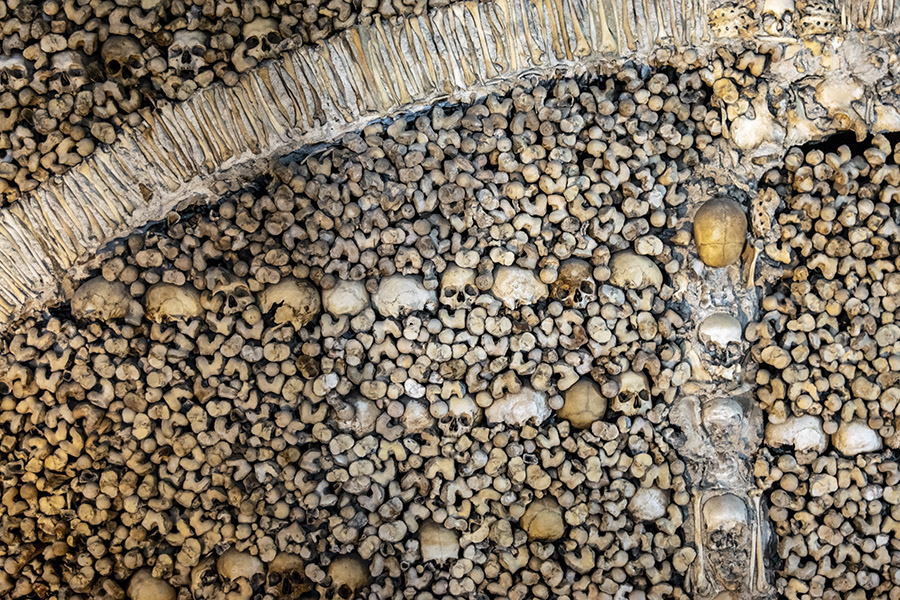
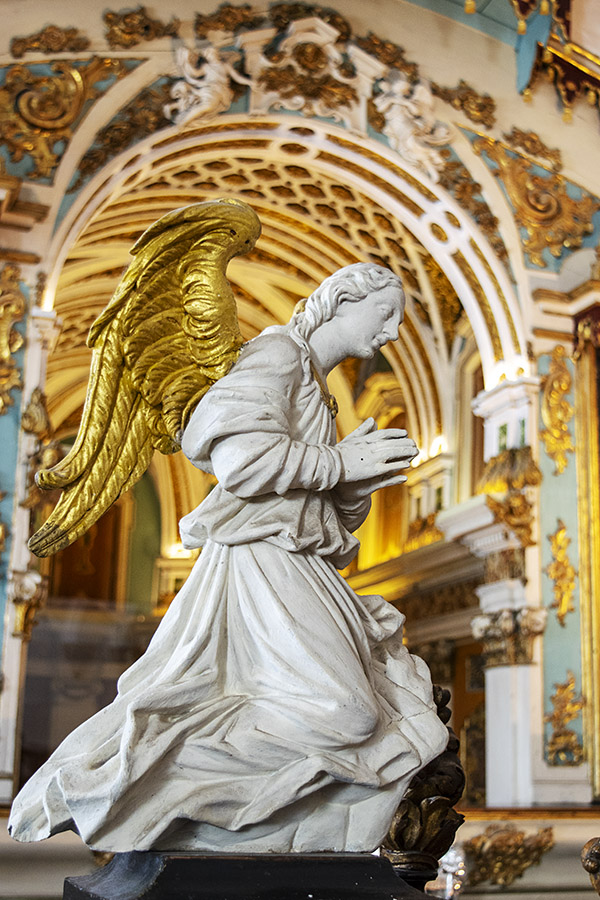
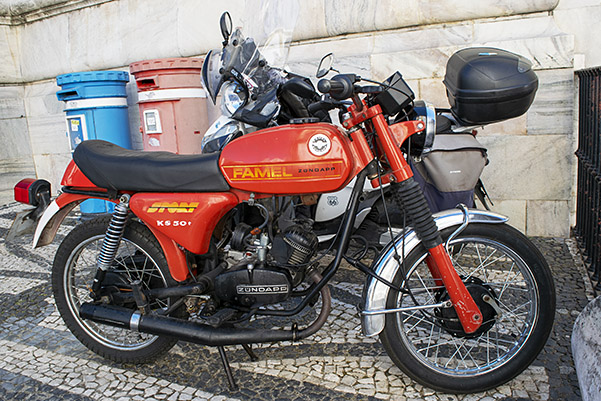
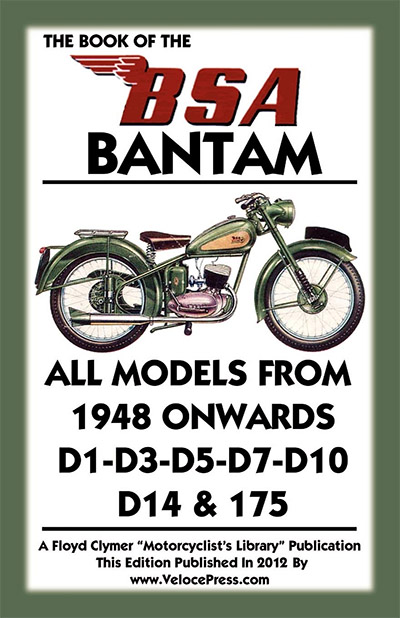
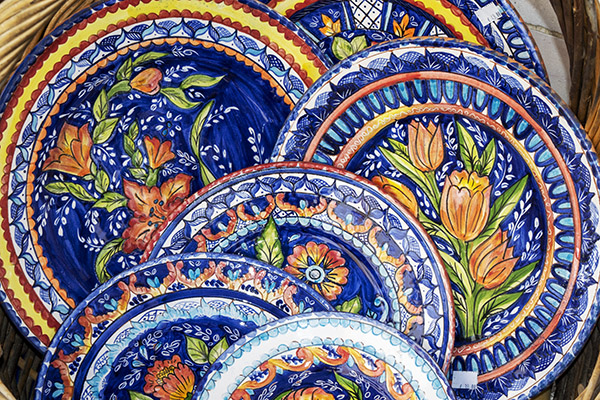
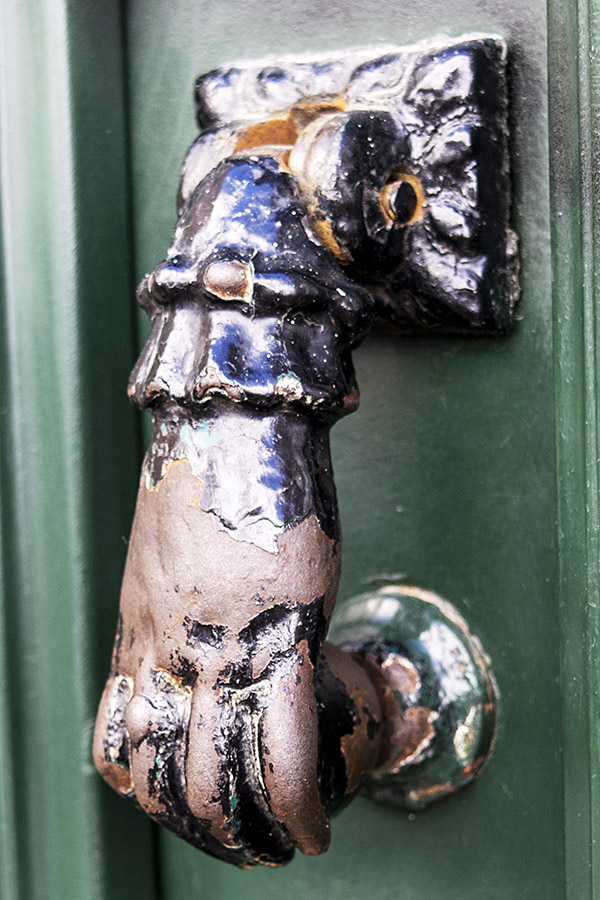
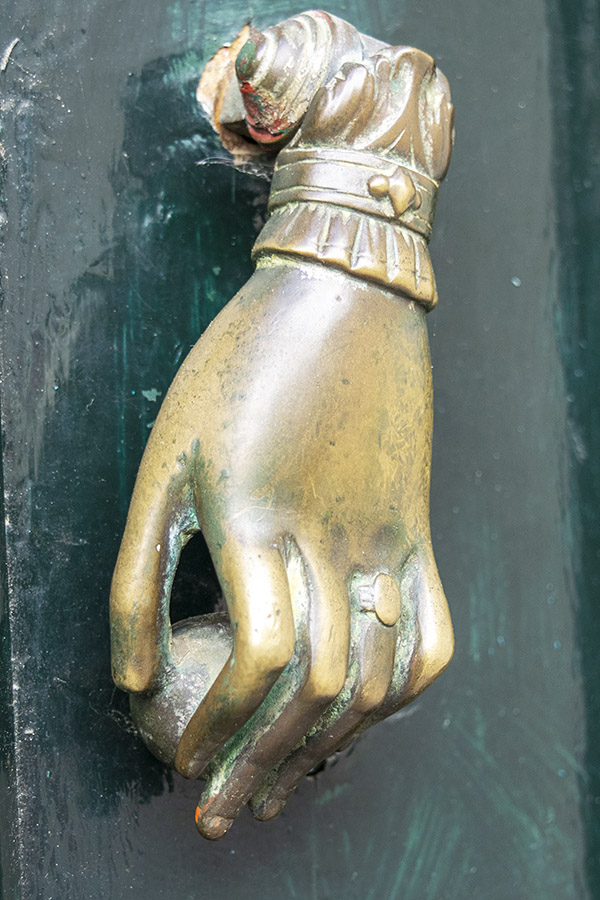
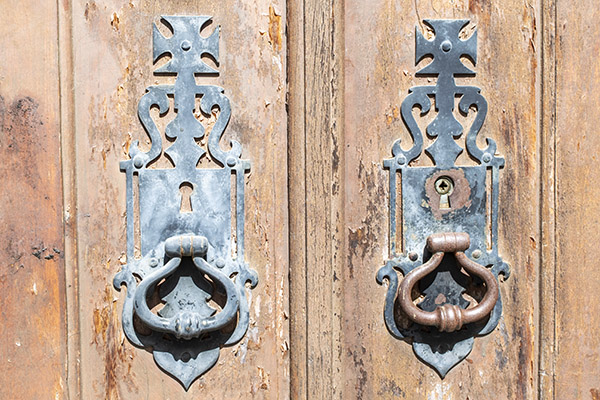
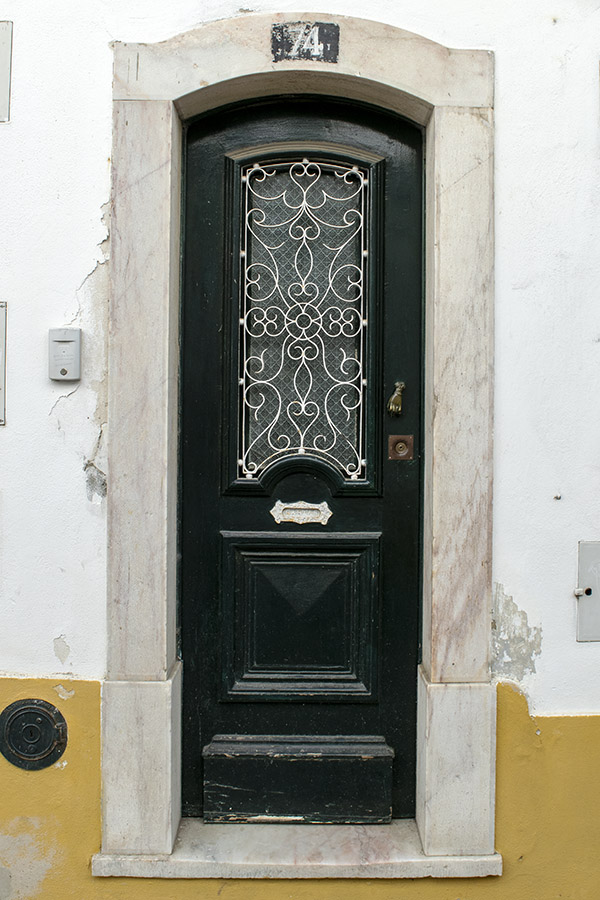
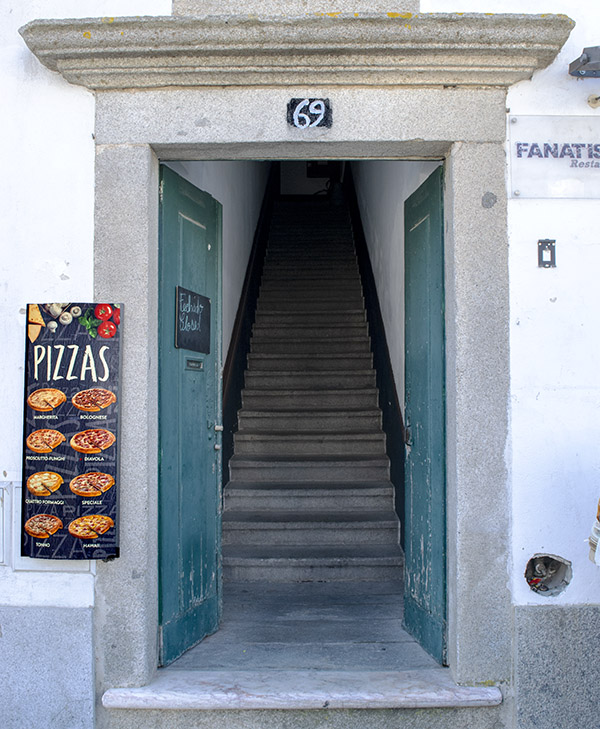
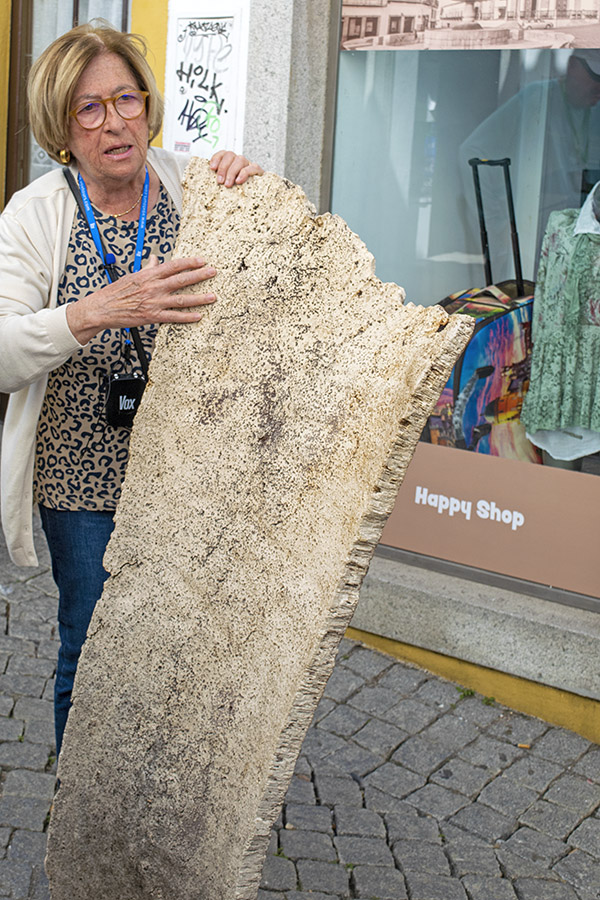
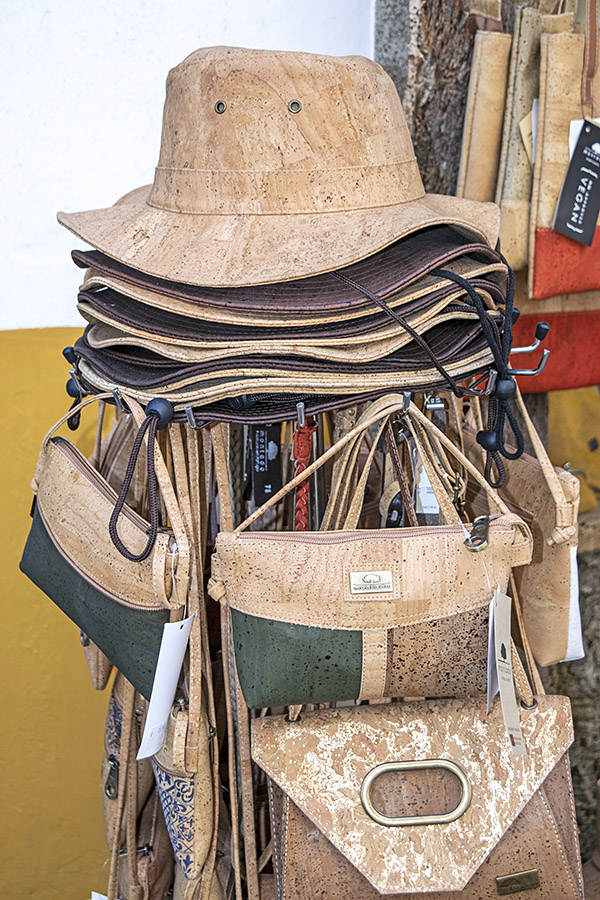
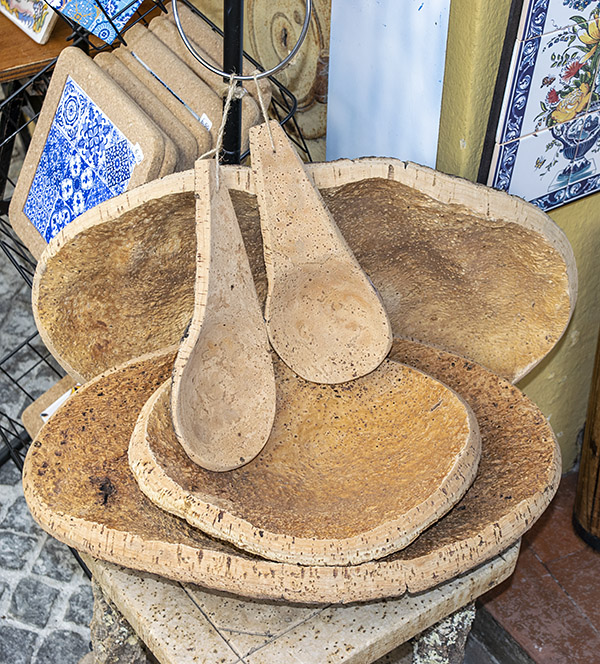
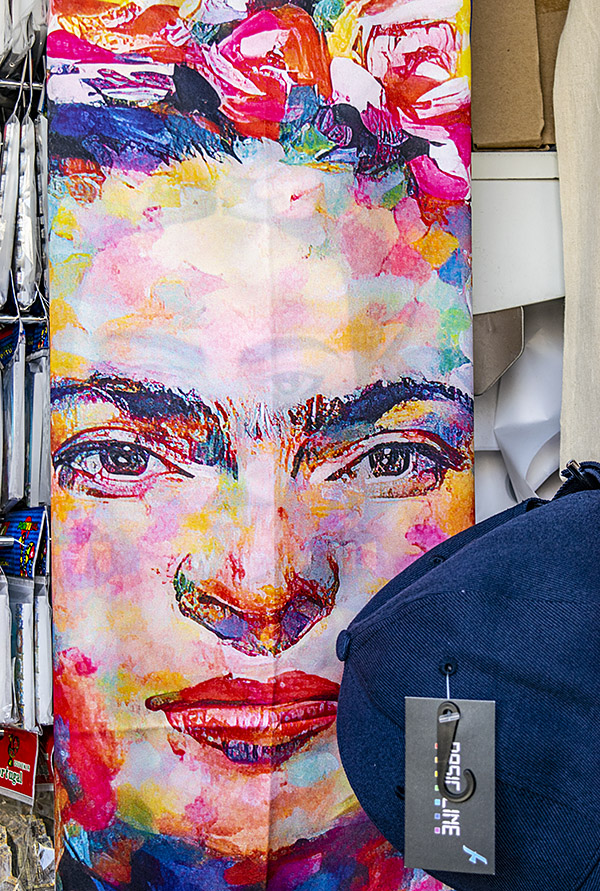
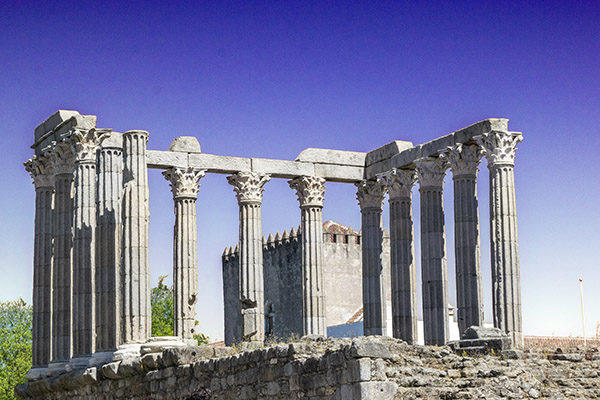
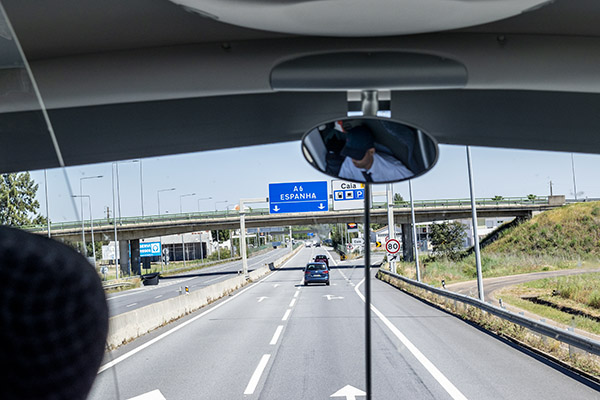
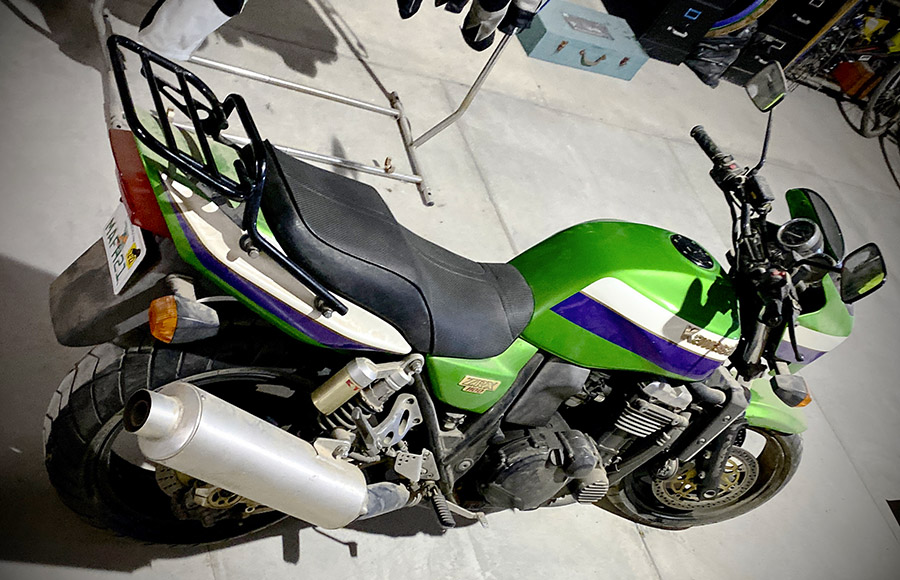
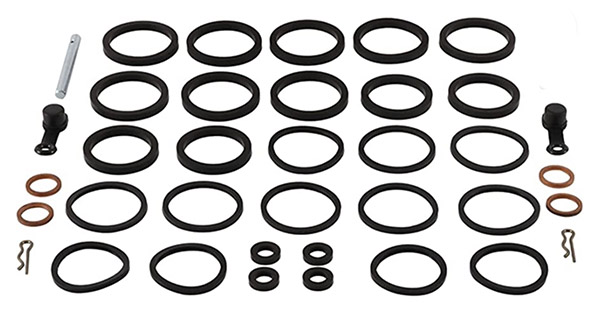
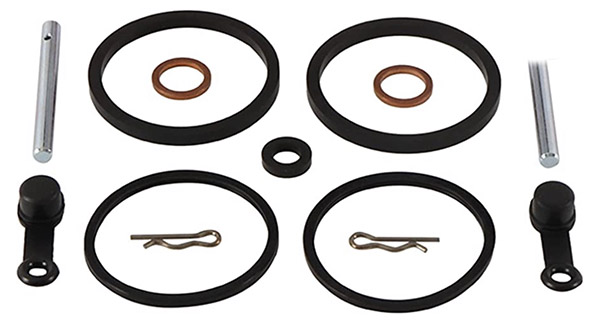

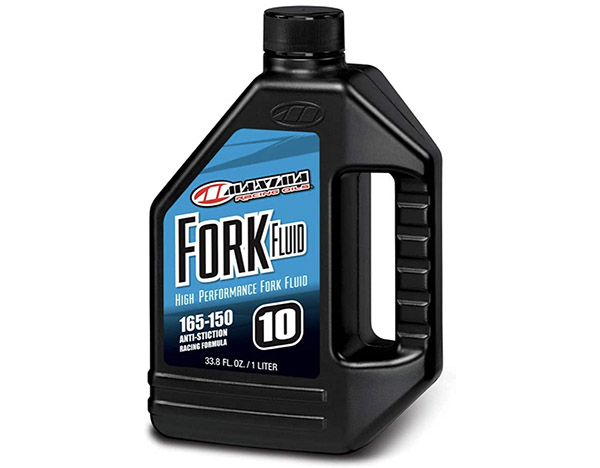
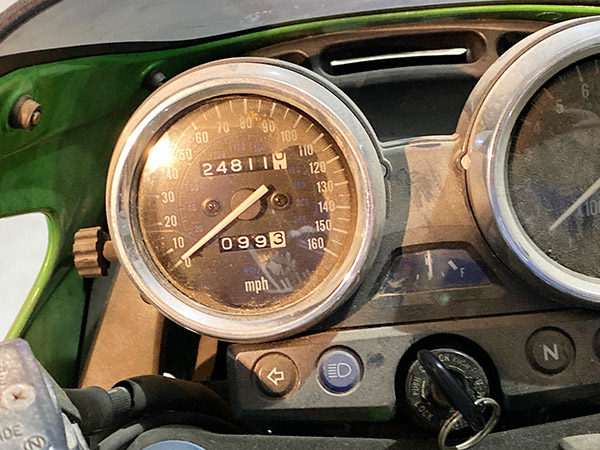
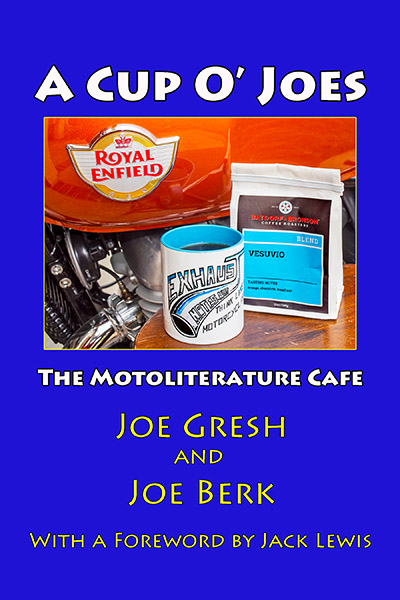
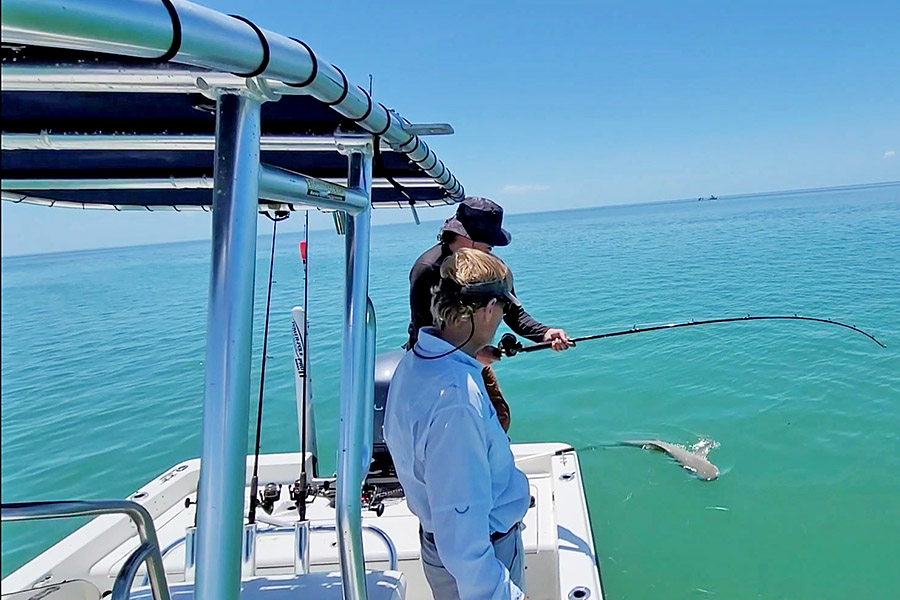
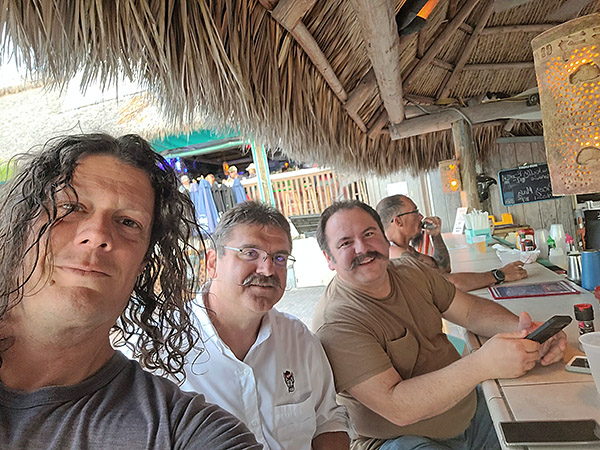 One of my objectives in life is to hit all the National Parks and living primarily off my BMW GS1200 has really provided me the opportunity to rack up those numbers. Florida is just so flat and straight that even the thought of riding to knock out the five National Parks there grew the chicken strips on my tires. The main focus of this trip would be on relaxation and fishing, so I wasn’t overthinking the National Parks objective. There will be another trip for those.
One of my objectives in life is to hit all the National Parks and living primarily off my BMW GS1200 has really provided me the opportunity to rack up those numbers. Florida is just so flat and straight that even the thought of riding to knock out the five National Parks there grew the chicken strips on my tires. The main focus of this trip would be on relaxation and fishing, so I wasn’t overthinking the National Parks objective. There will be another trip for those.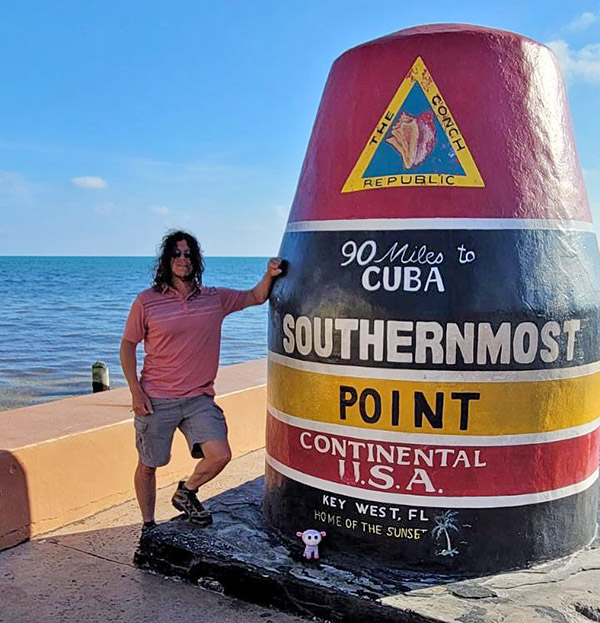

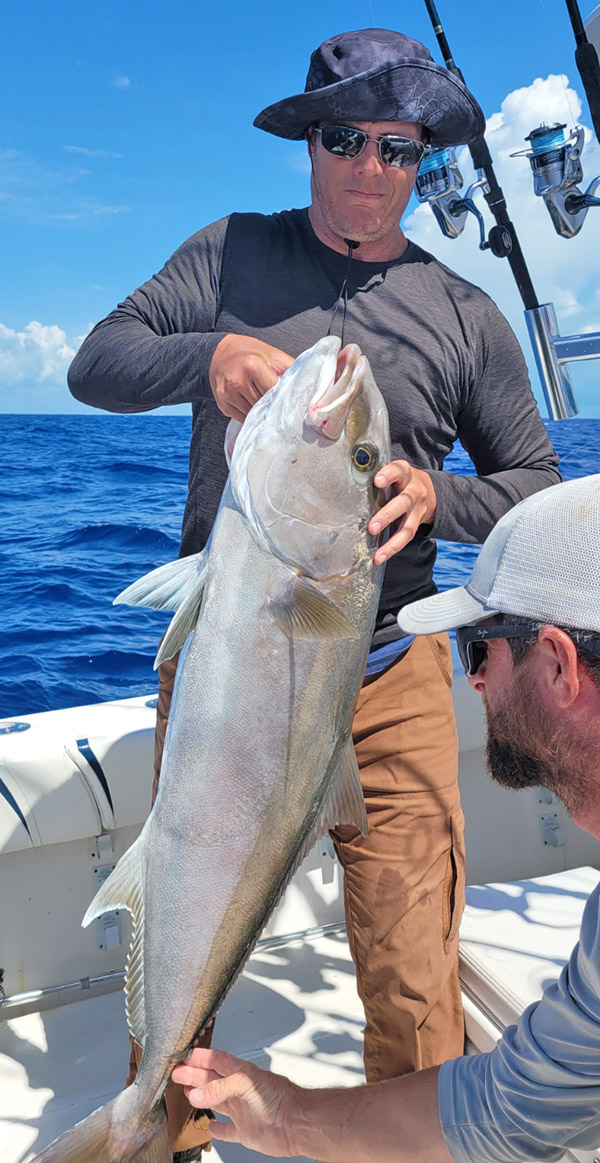
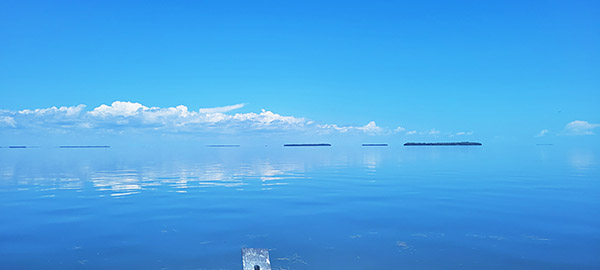
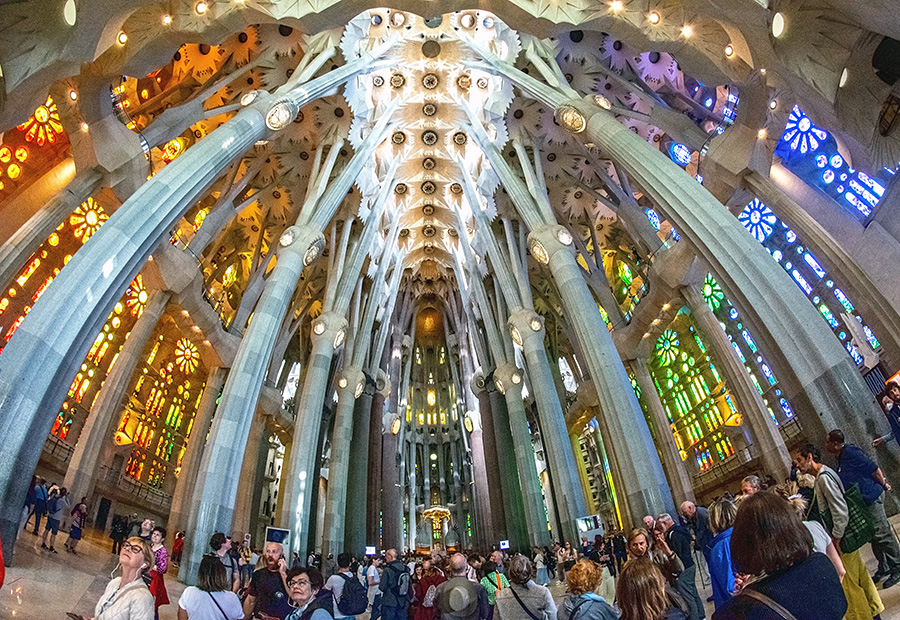
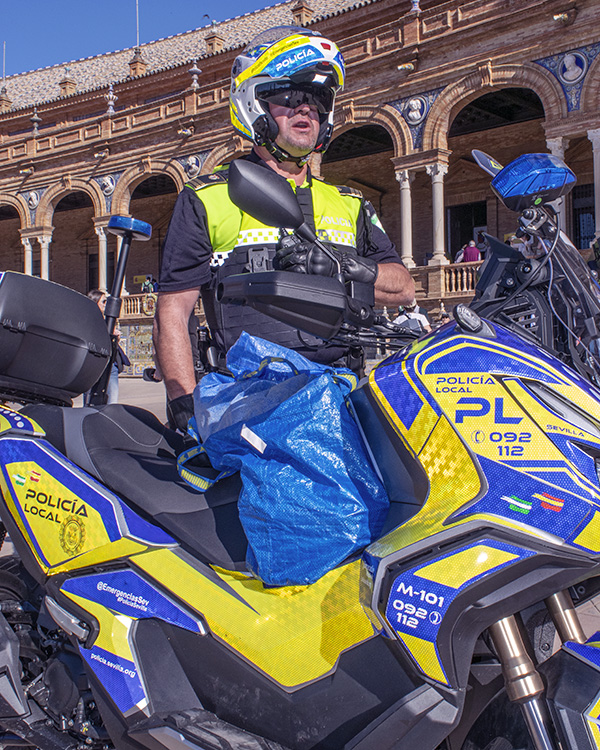

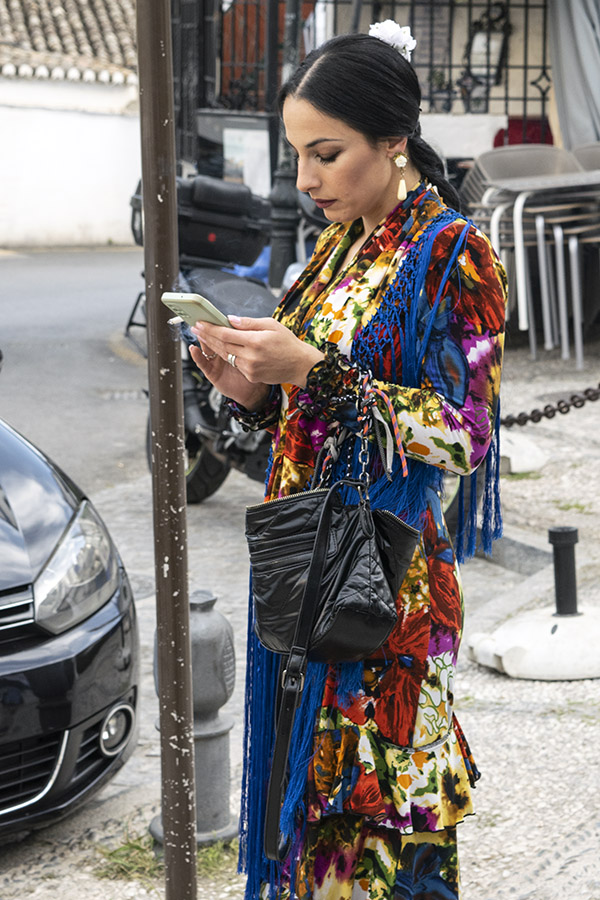
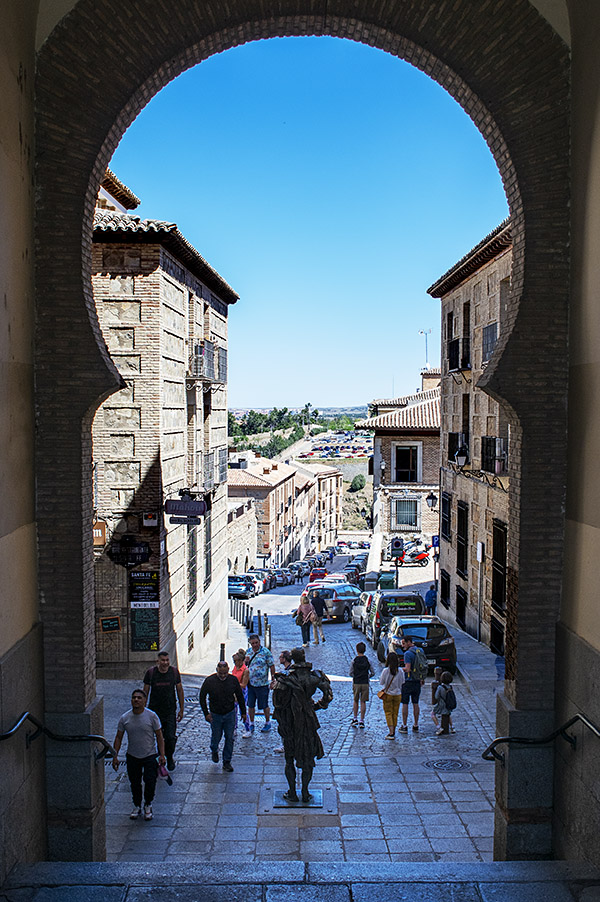 Sue and I just returned from a couple of weeks over there and it was awesome. I left the big Nikon at home and carried a much lighter D3300 Nikon (the same one I used on the China, Colombia, and Baja rides), and life was a lot easier. The photos are about as good as those I get with the boat anchor D810 and I minimized the wear and tear on me (I’m so spring chicken, you know). I took three lenses with me: the 18-55 kit lens that came with the camera, an inexpensive and lightweight Rokinon 8mm fisheye (using it required manual everything, as it doesn’t interface with the D3300’s auto focusing and metering capabilities), and a very sharp Nikon 35mm f1.8. Even though the 35mm Nikon lens was the best in the bag, I never put it on the camera. I used the 18-55mm for the bulk of my shots (it was easy to use and I think it did a good job) and the 8mm fisheye for just a few (like that big photo in the Gaudi basilica at the top of this blog).
Sue and I just returned from a couple of weeks over there and it was awesome. I left the big Nikon at home and carried a much lighter D3300 Nikon (the same one I used on the China, Colombia, and Baja rides), and life was a lot easier. The photos are about as good as those I get with the boat anchor D810 and I minimized the wear and tear on me (I’m so spring chicken, you know). I took three lenses with me: the 18-55 kit lens that came with the camera, an inexpensive and lightweight Rokinon 8mm fisheye (using it required manual everything, as it doesn’t interface with the D3300’s auto focusing and metering capabilities), and a very sharp Nikon 35mm f1.8. Even though the 35mm Nikon lens was the best in the bag, I never put it on the camera. I used the 18-55mm for the bulk of my shots (it was easy to use and I think it did a good job) and the 8mm fisheye for just a few (like that big photo in the Gaudi basilica at the top of this blog).
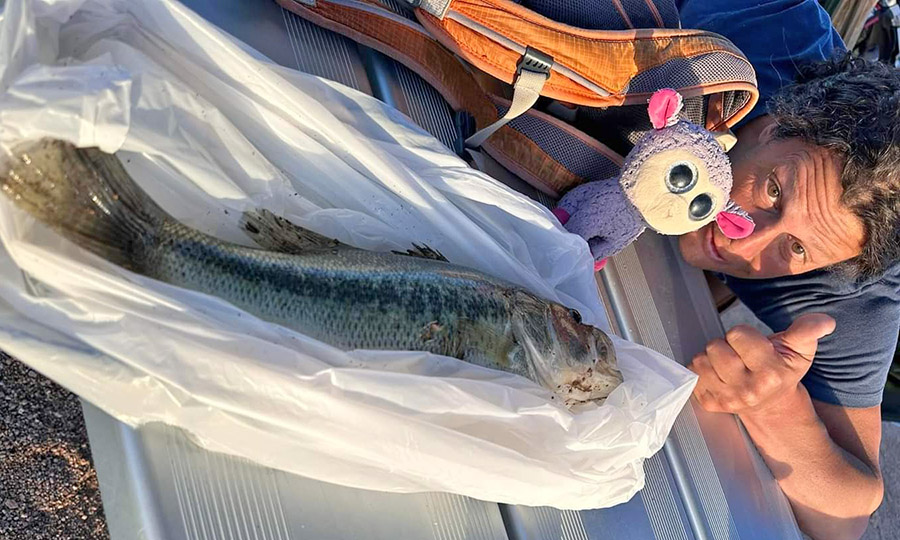
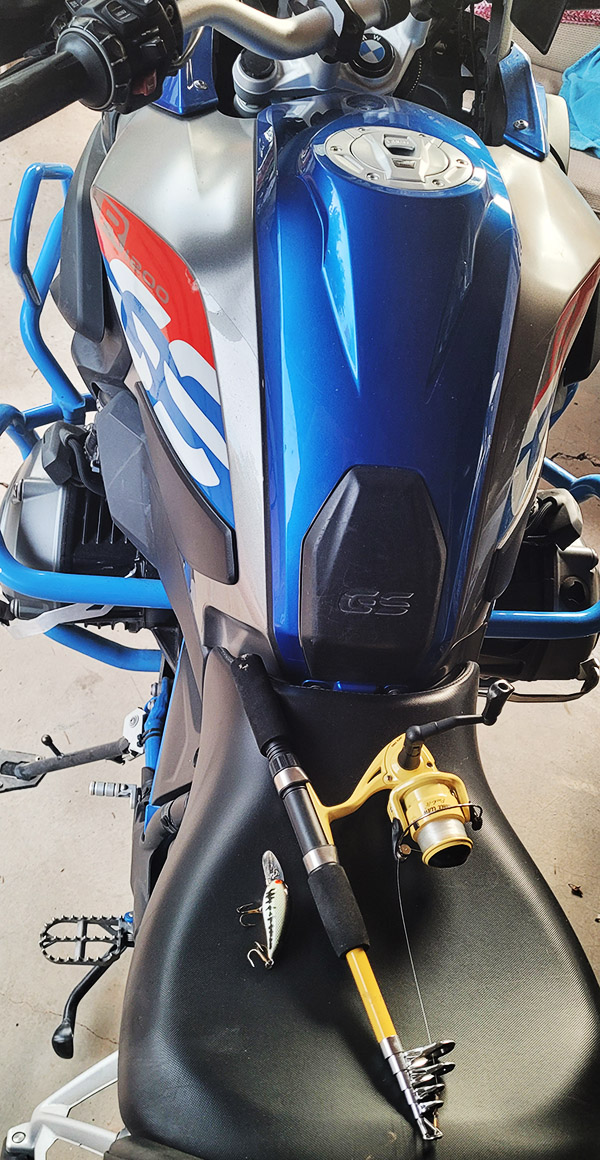
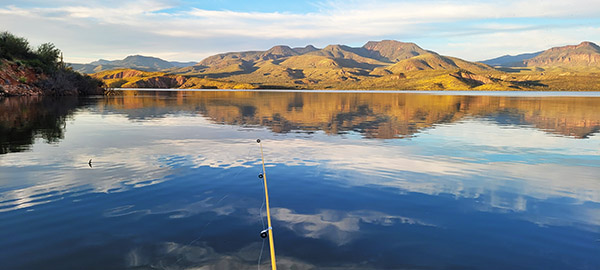
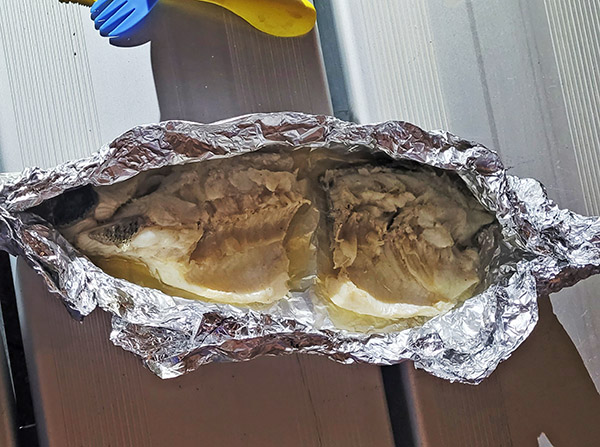
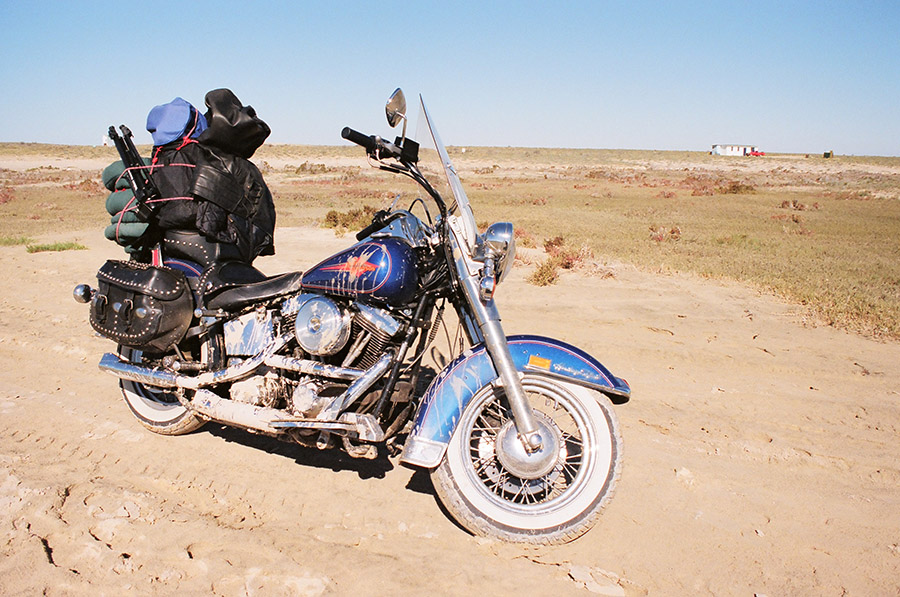
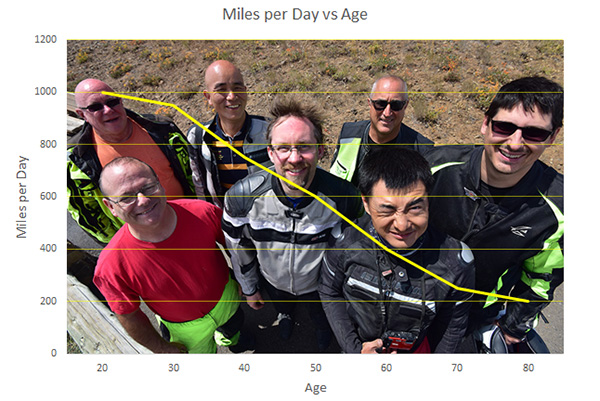
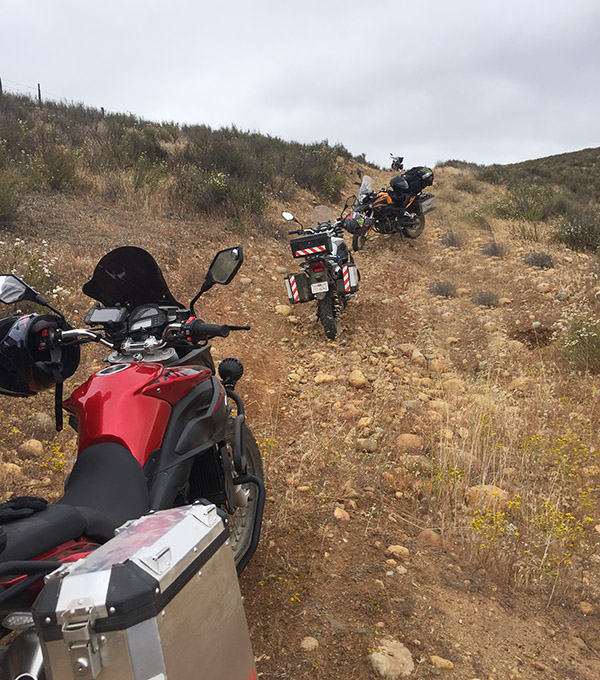
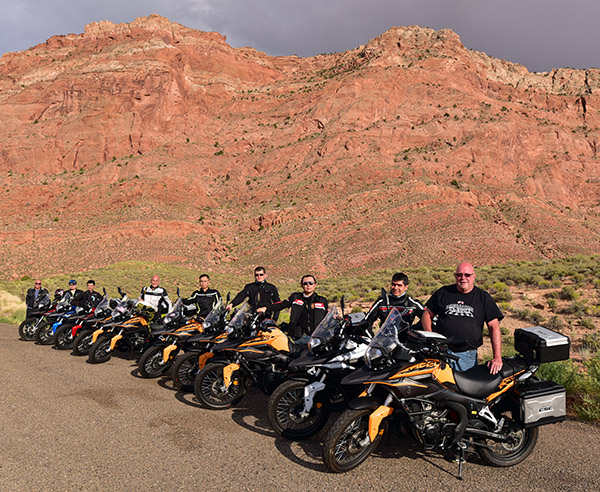
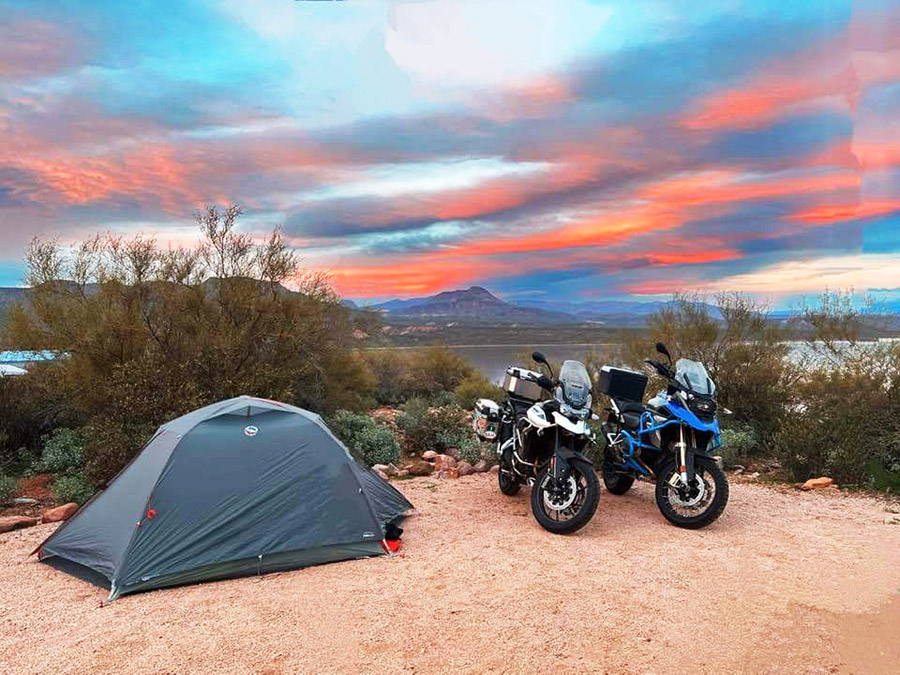
 Arizona has an endless amount of camping areas, both dispersed and in formal campgrounds. I thought highlighting two ends of the spectrum in would be a great way to convey the vast diversity Arizona offers.
Arizona has an endless amount of camping areas, both dispersed and in formal campgrounds. I thought highlighting two ends of the spectrum in would be a great way to convey the vast diversity Arizona offers.
